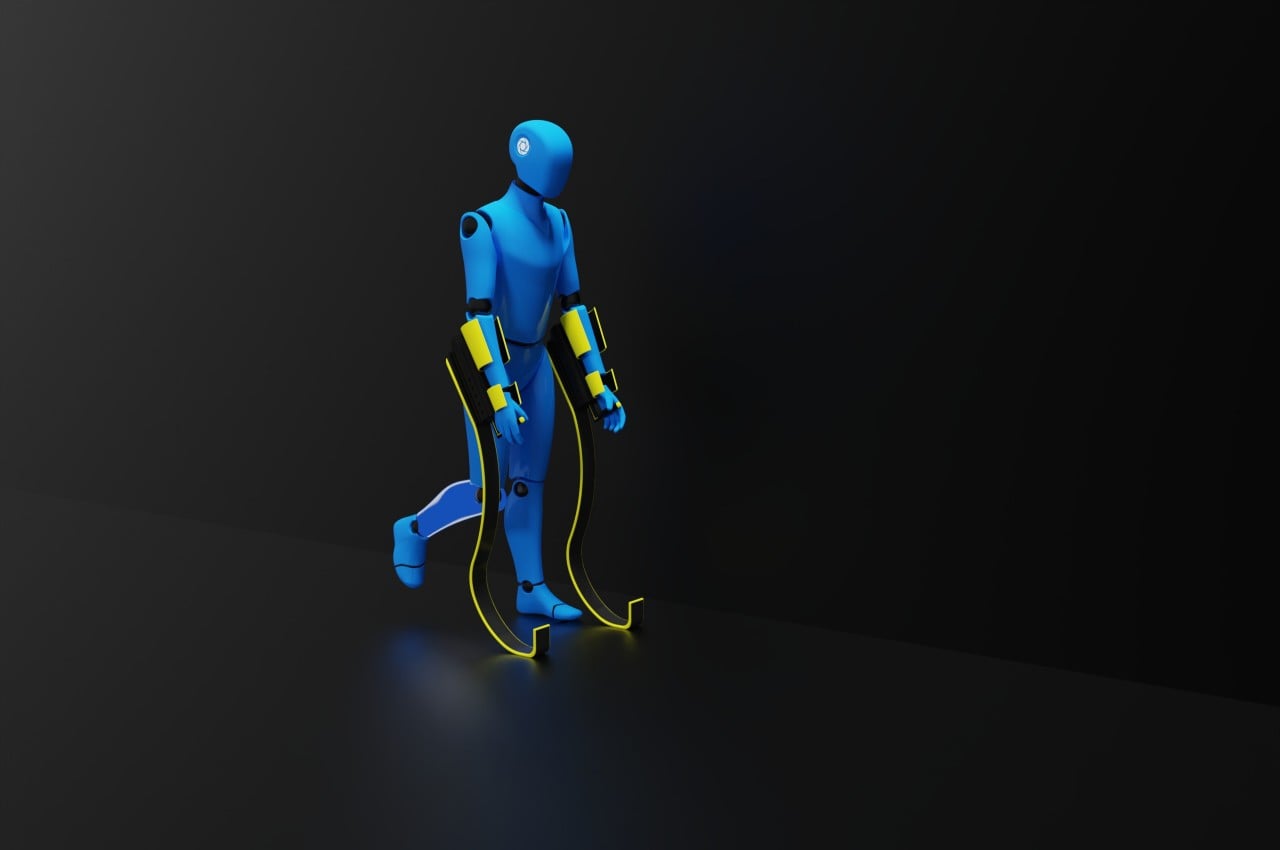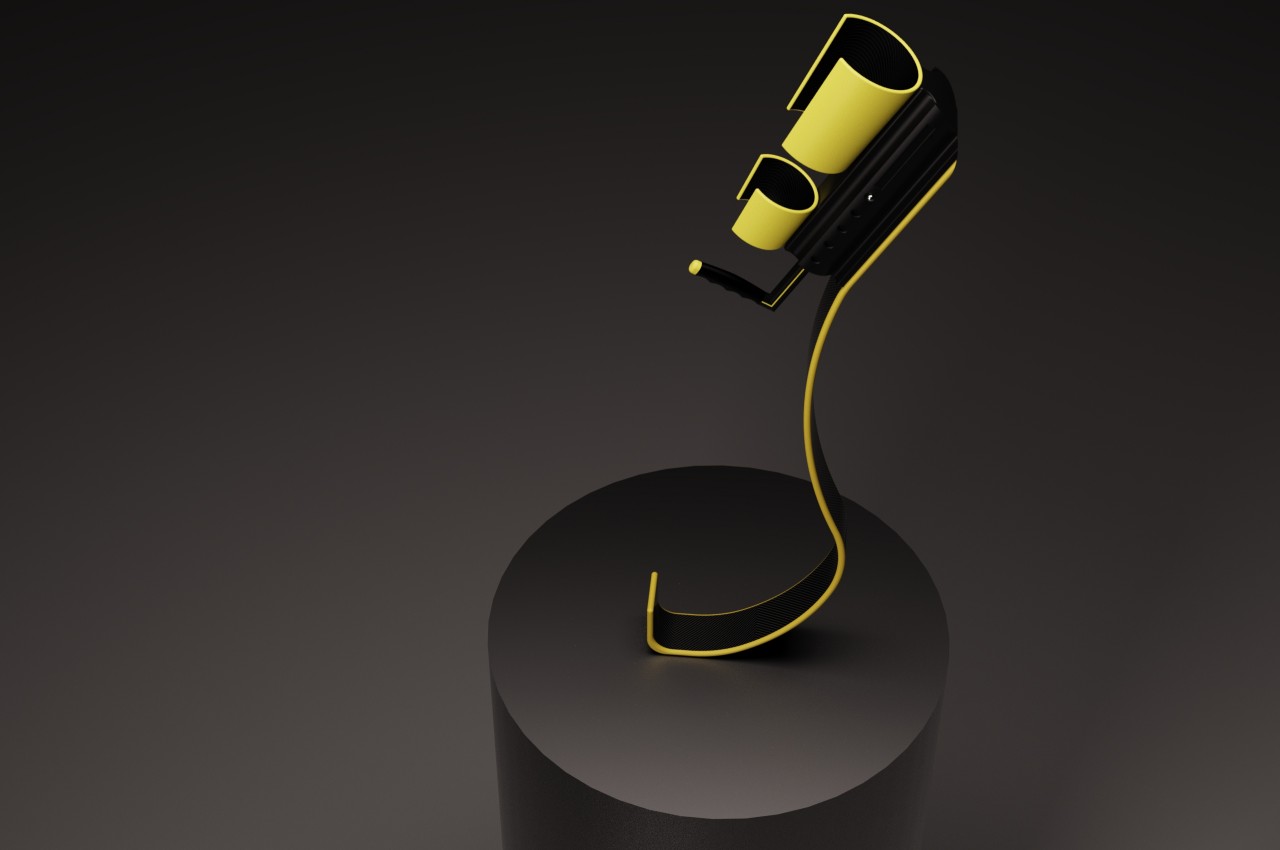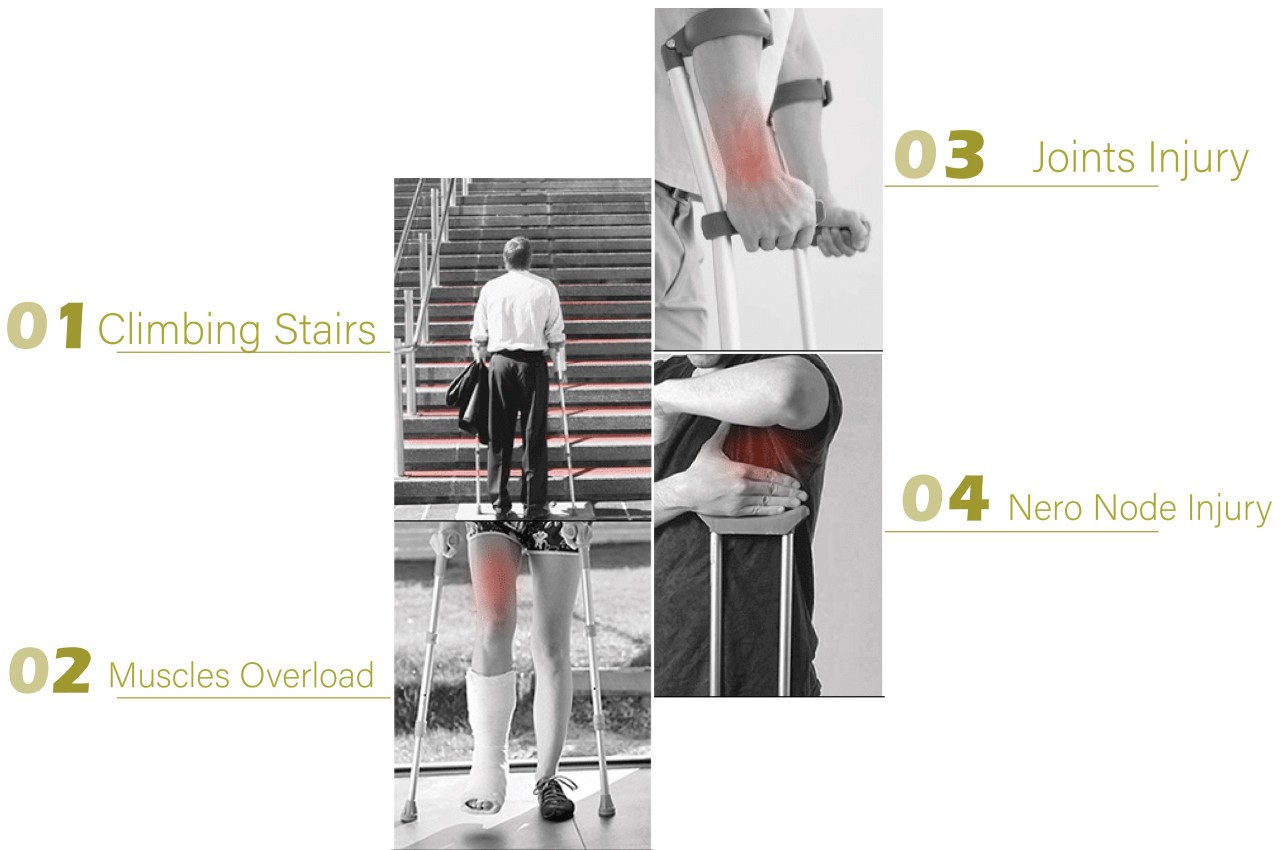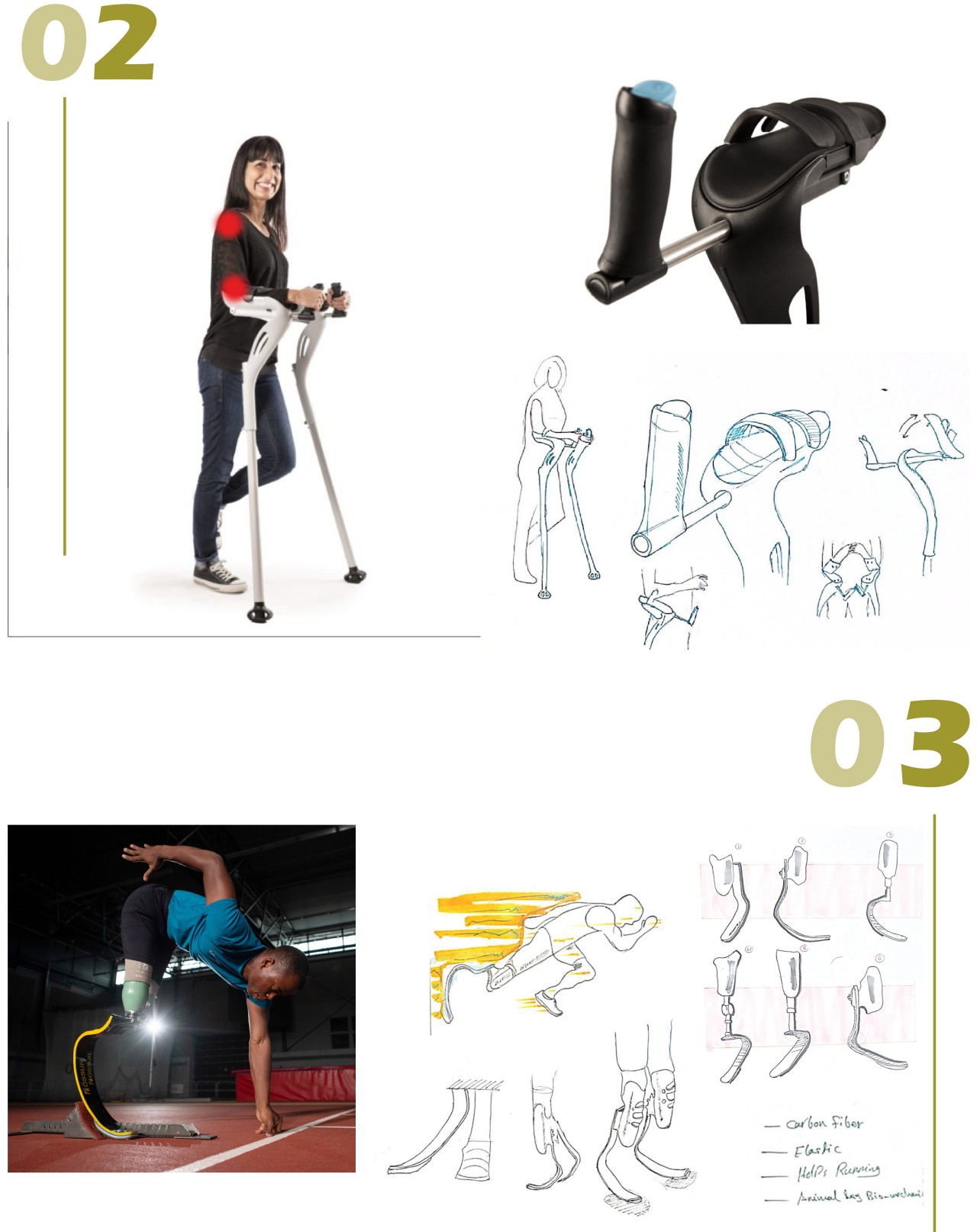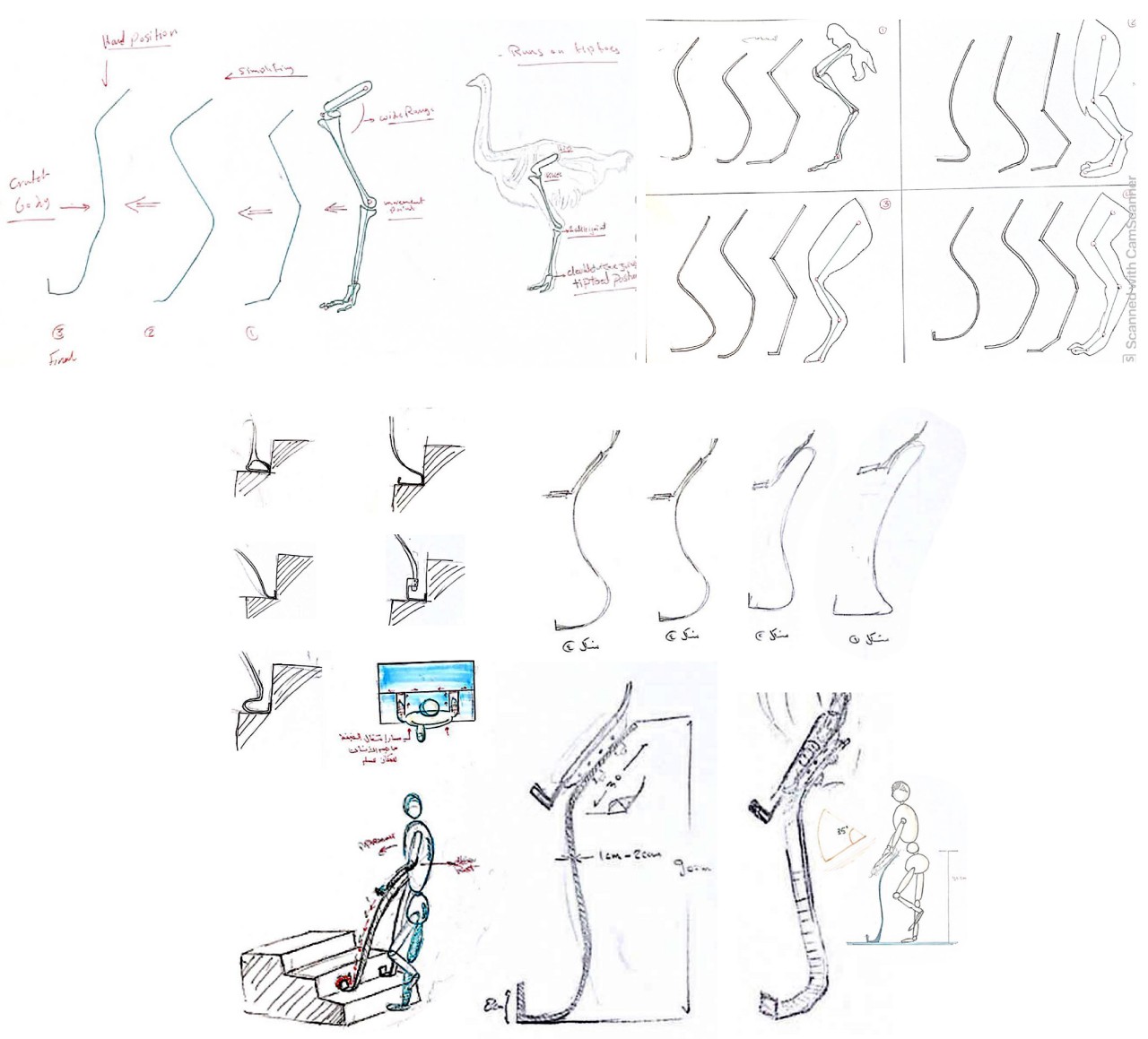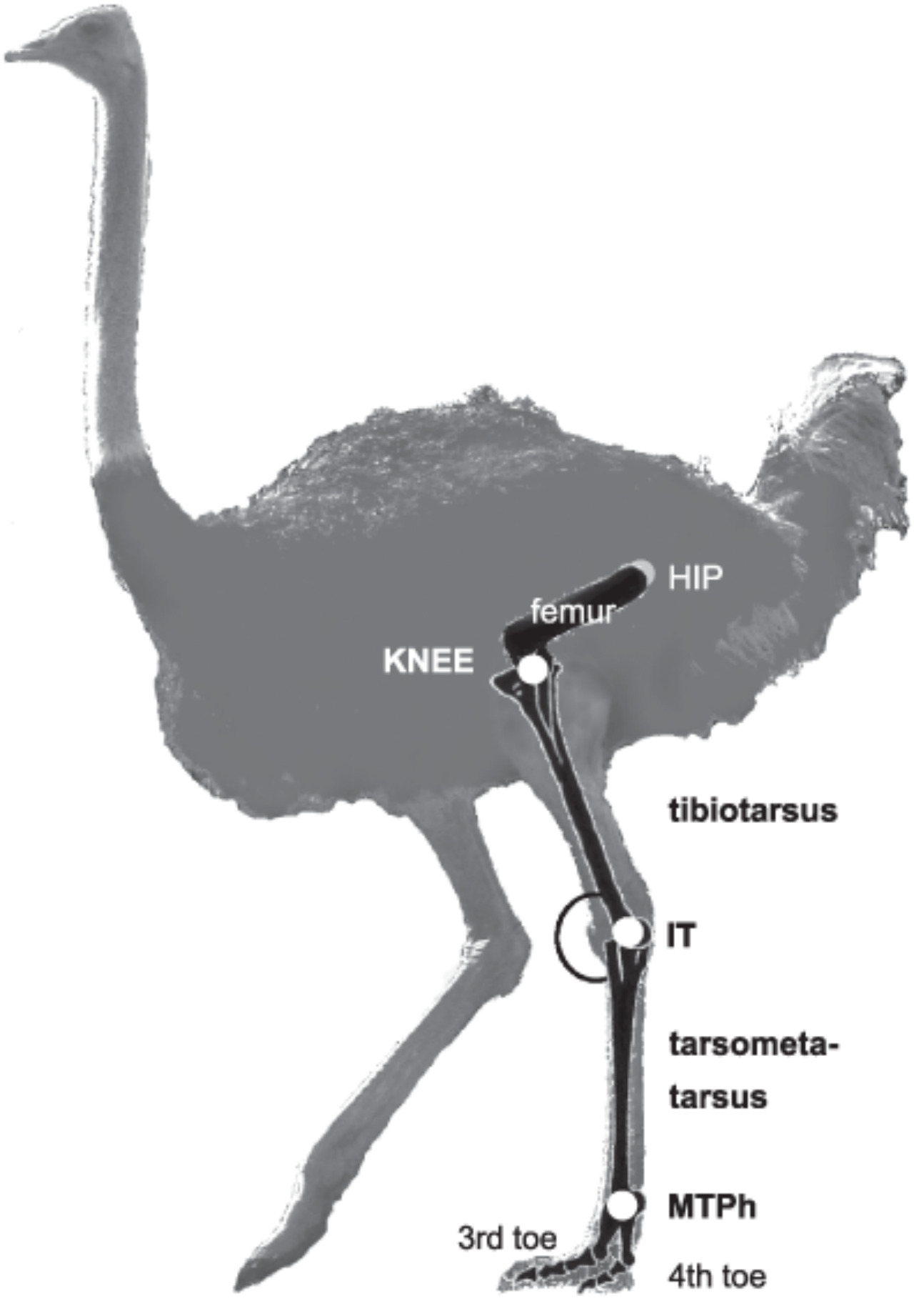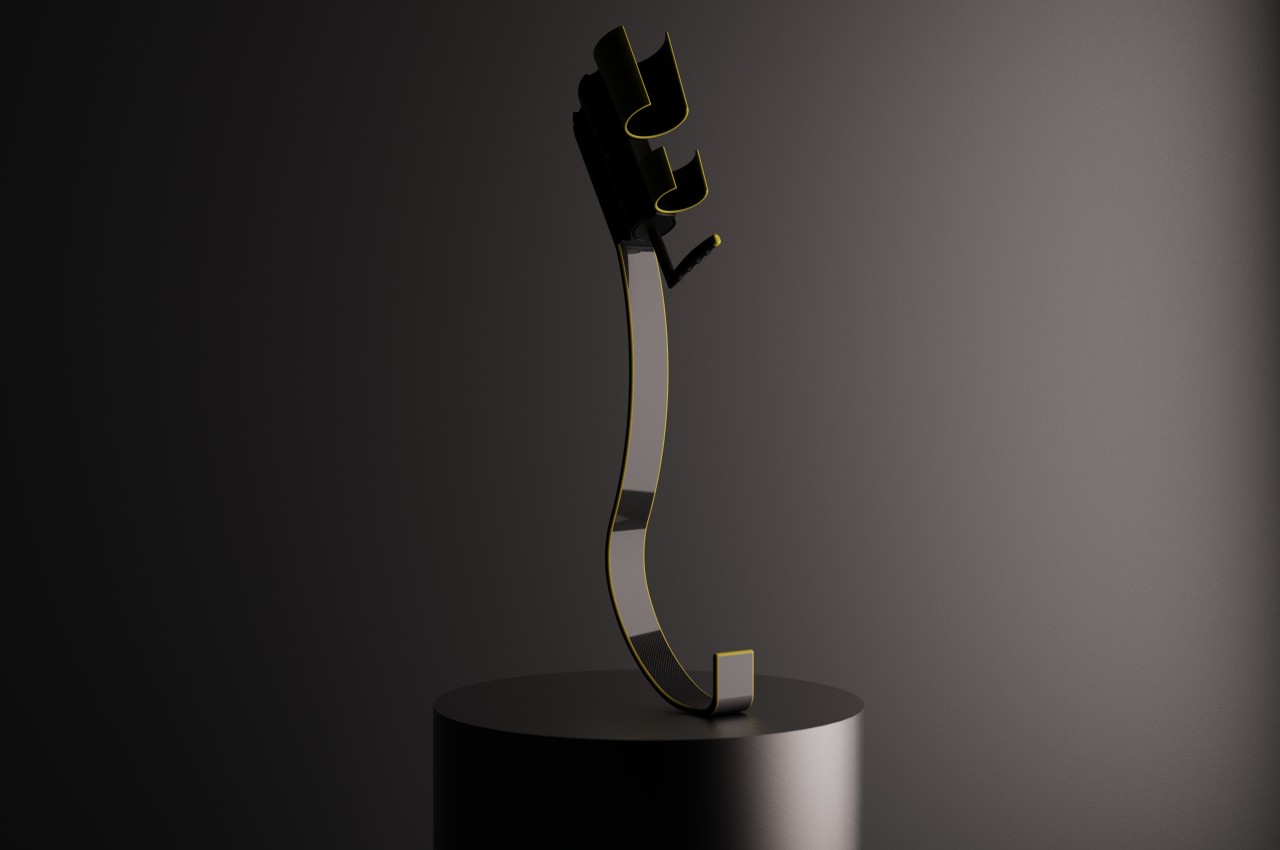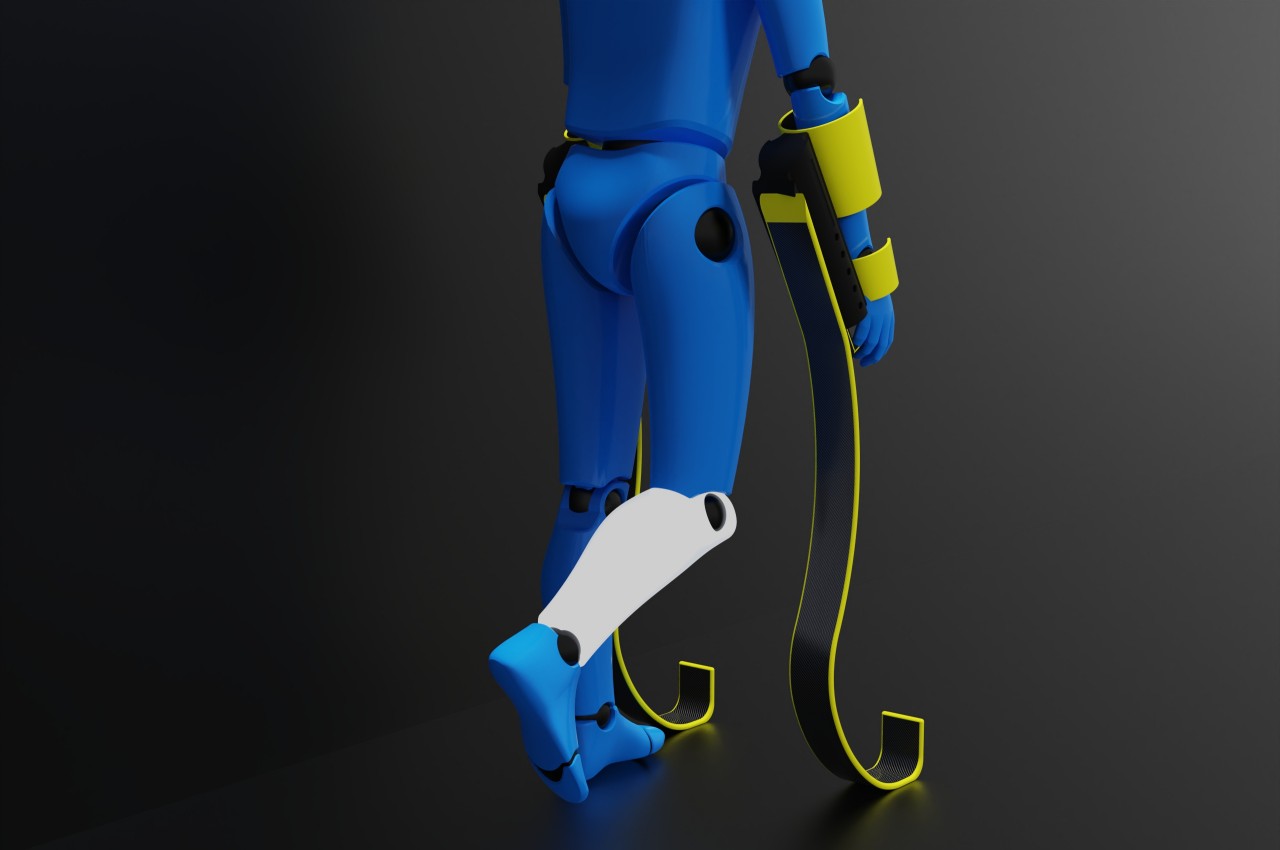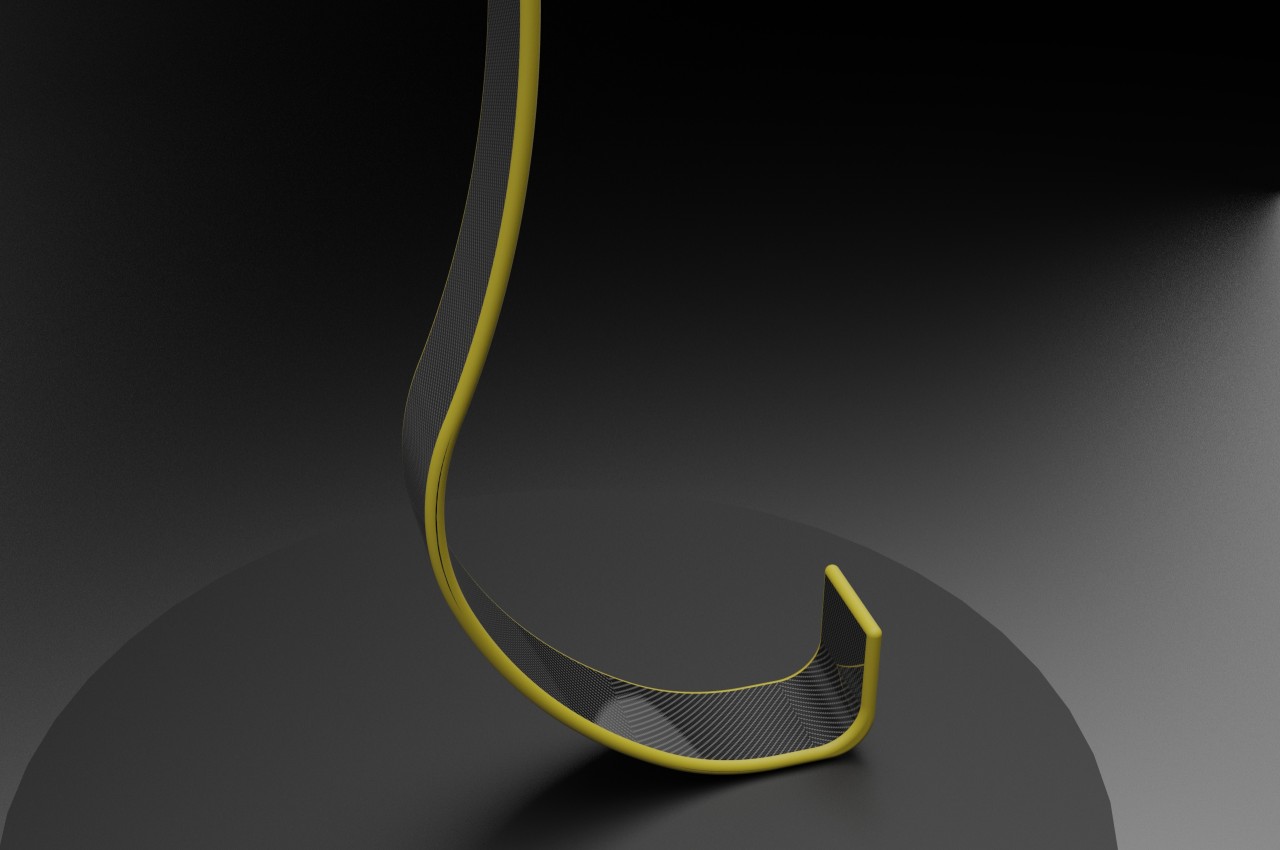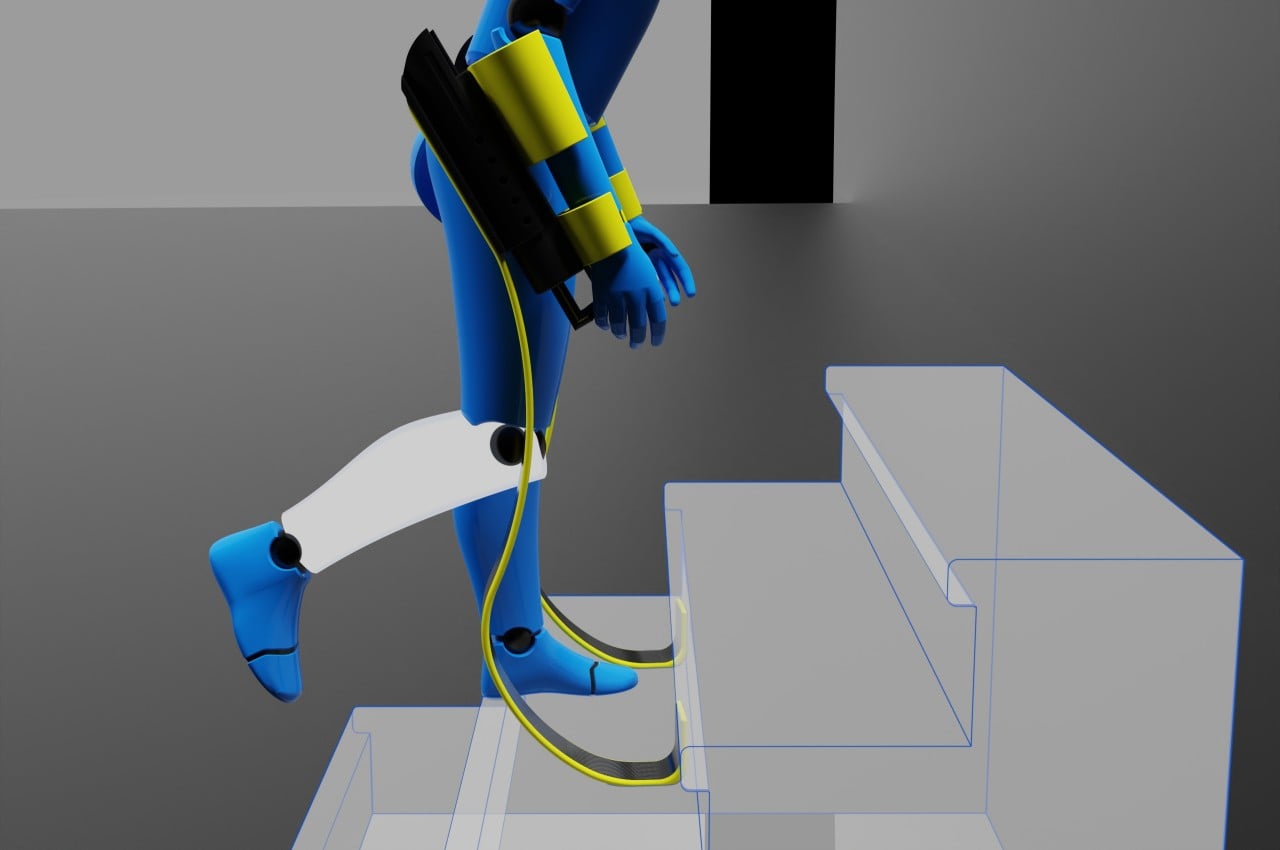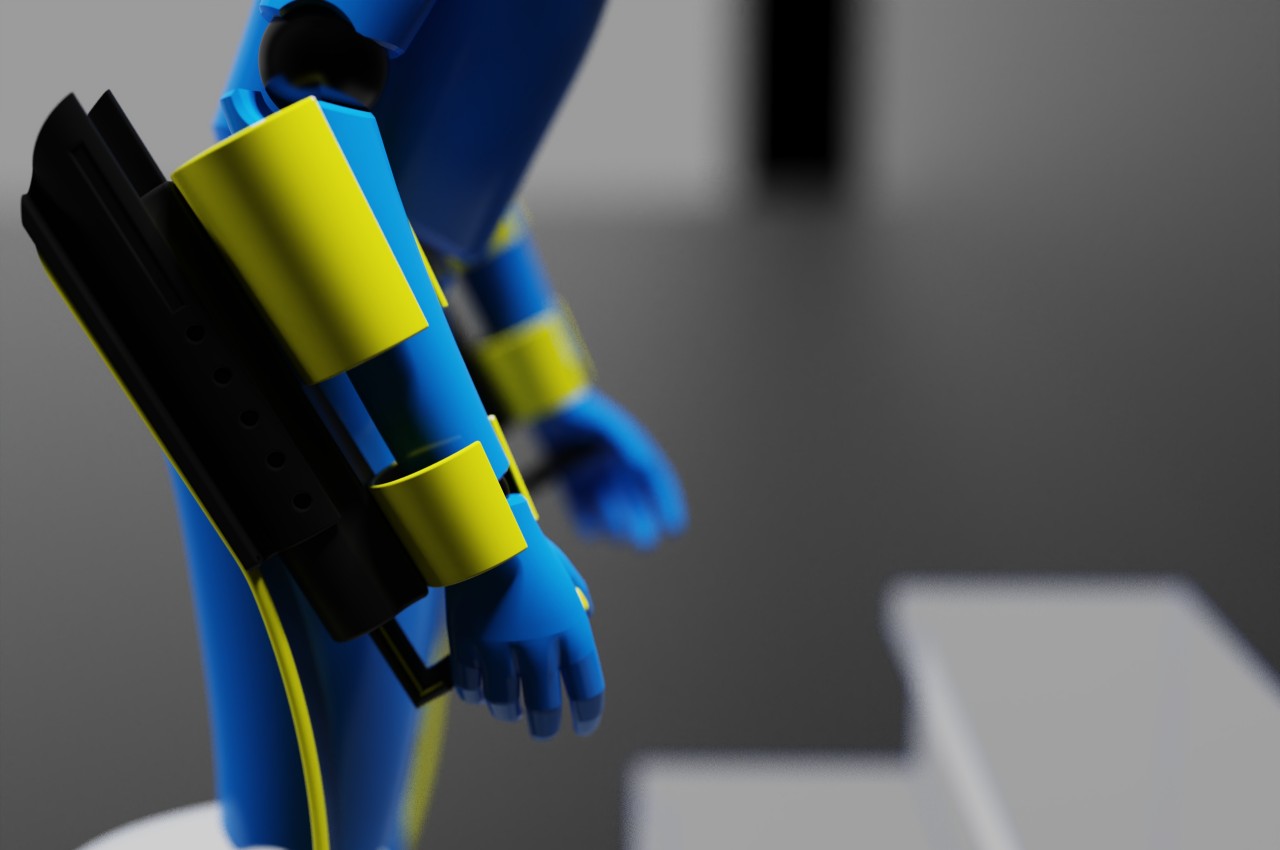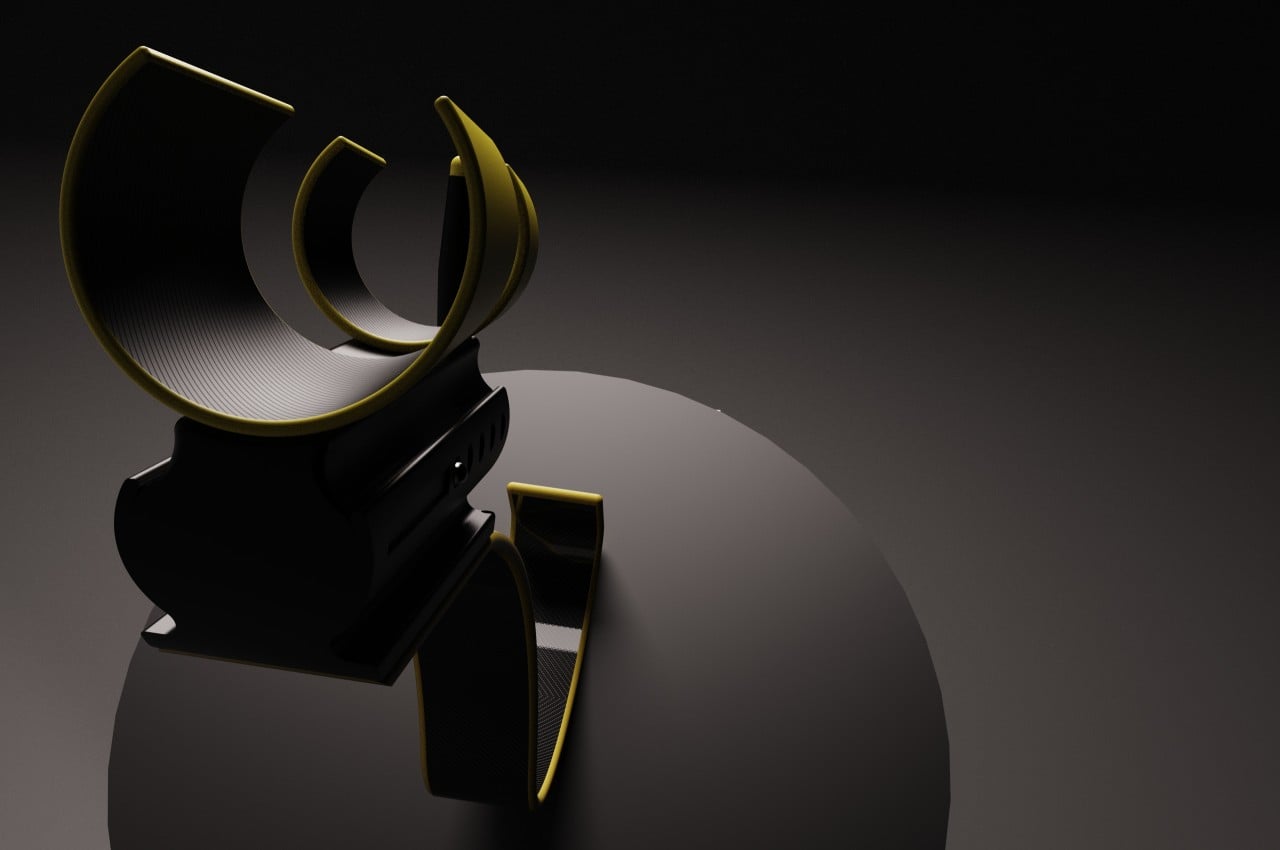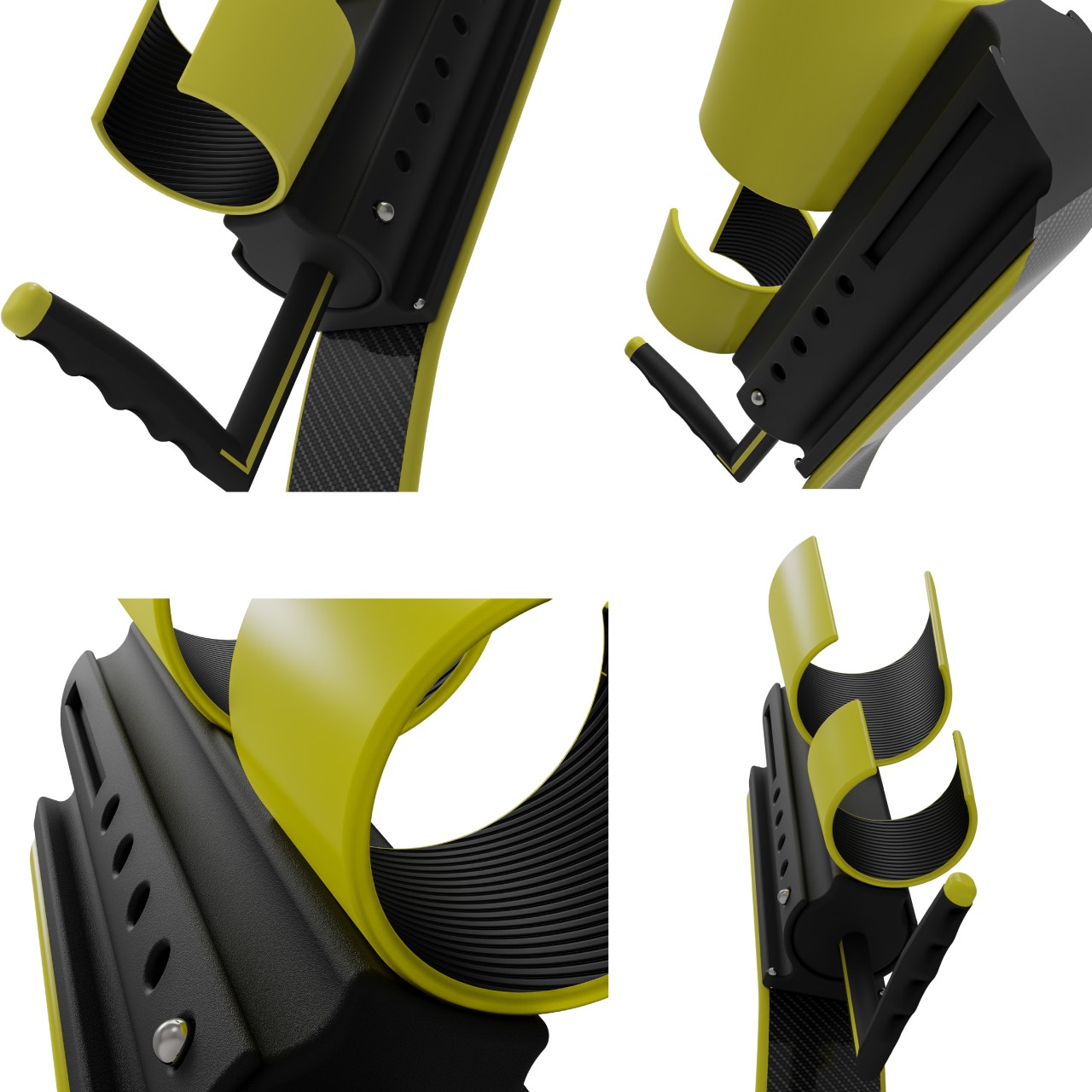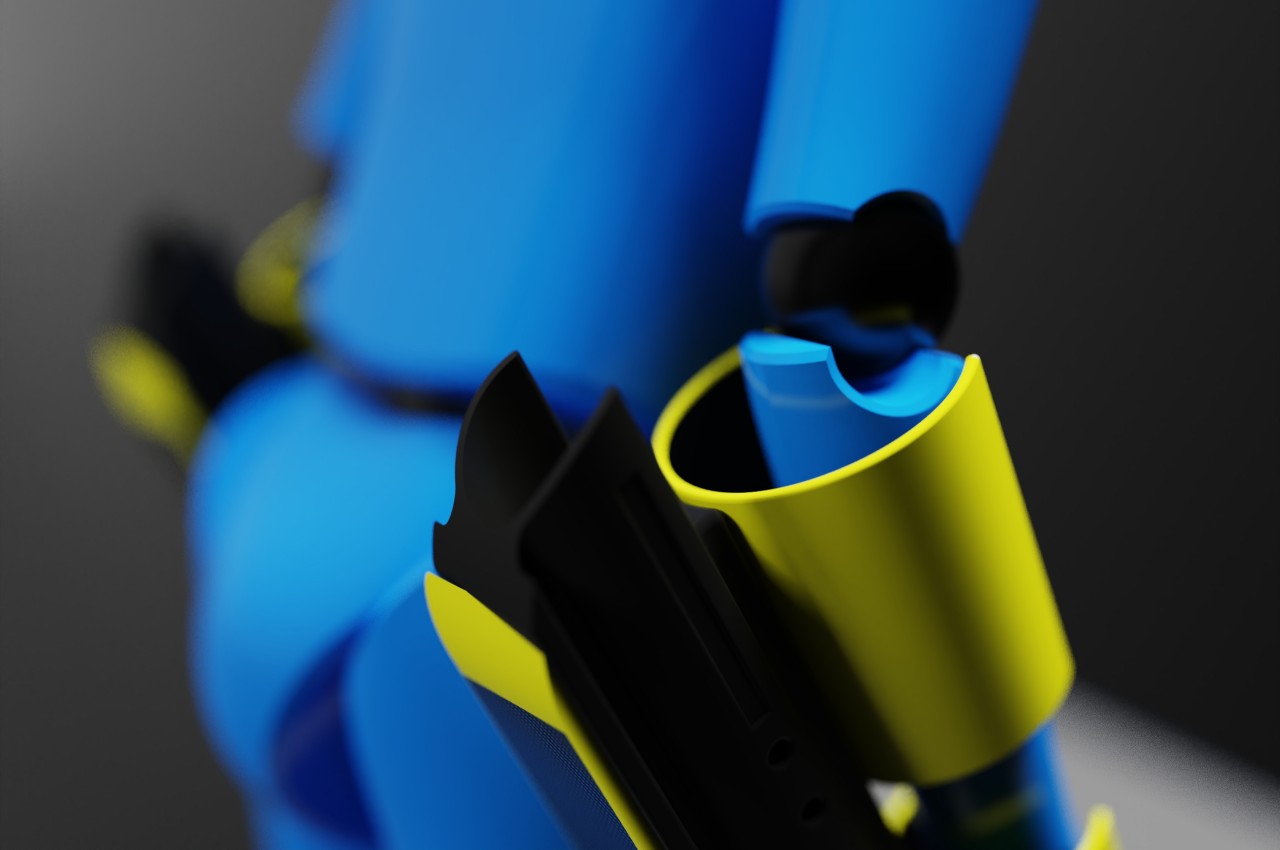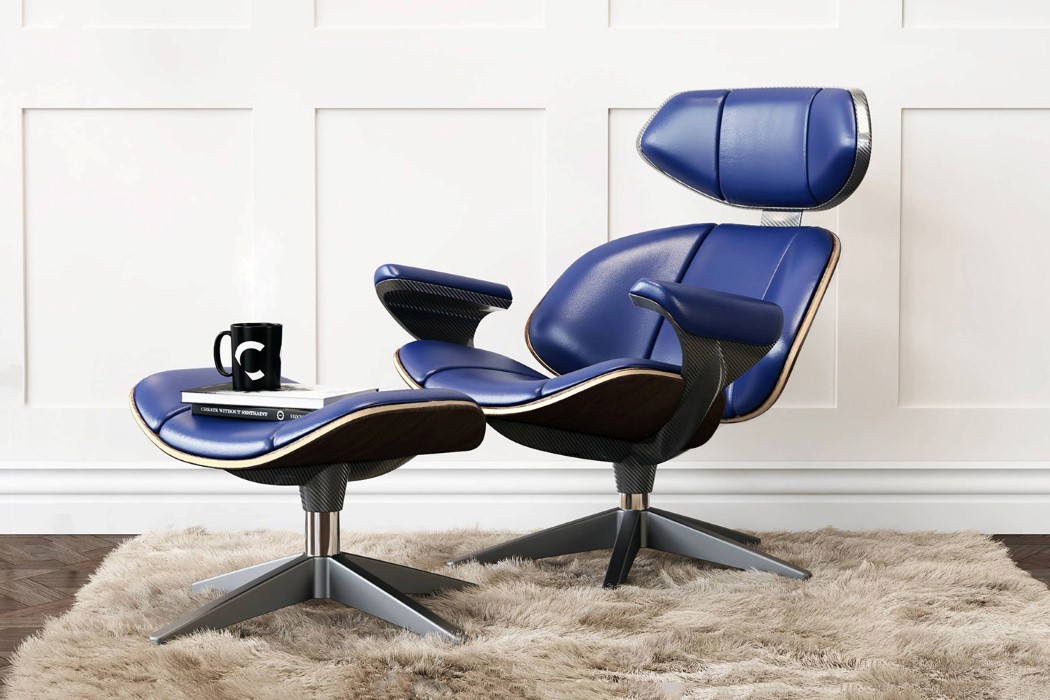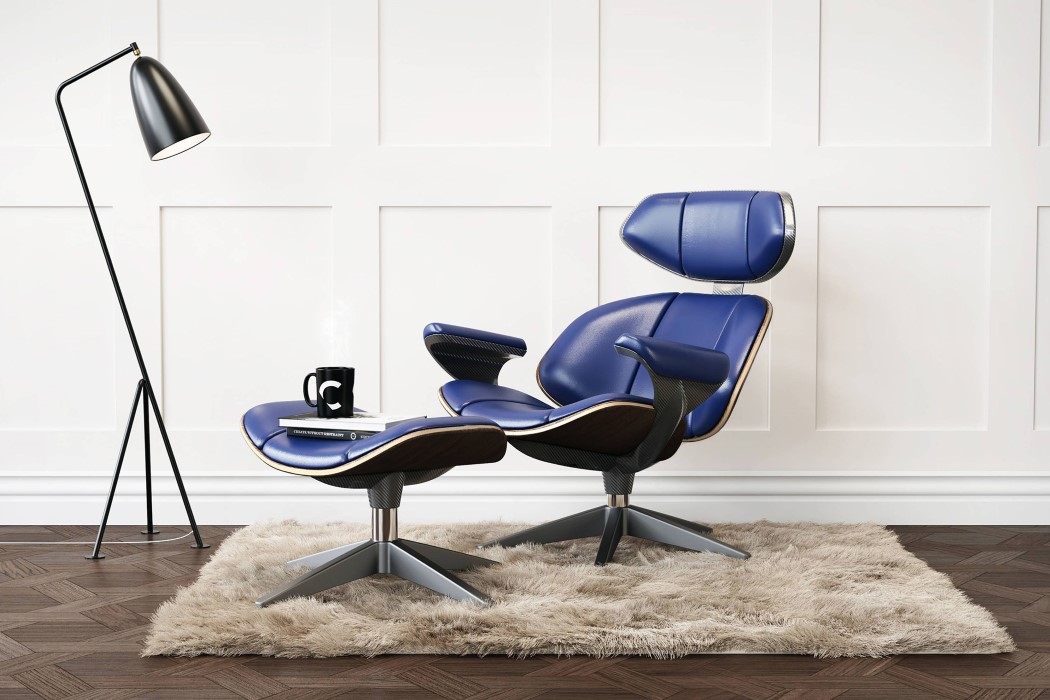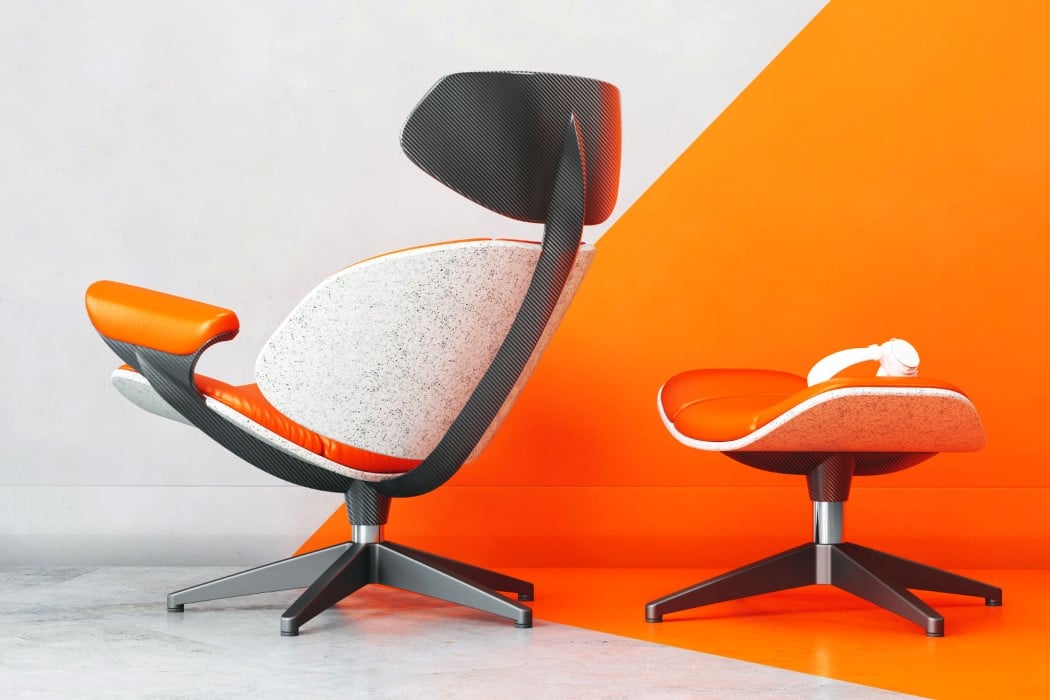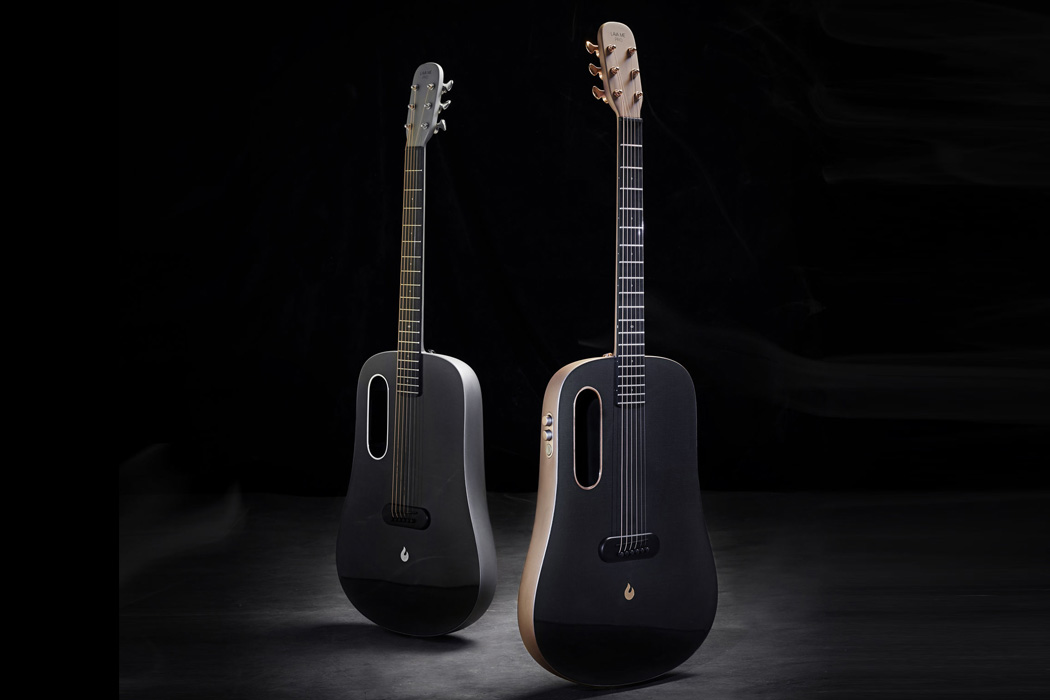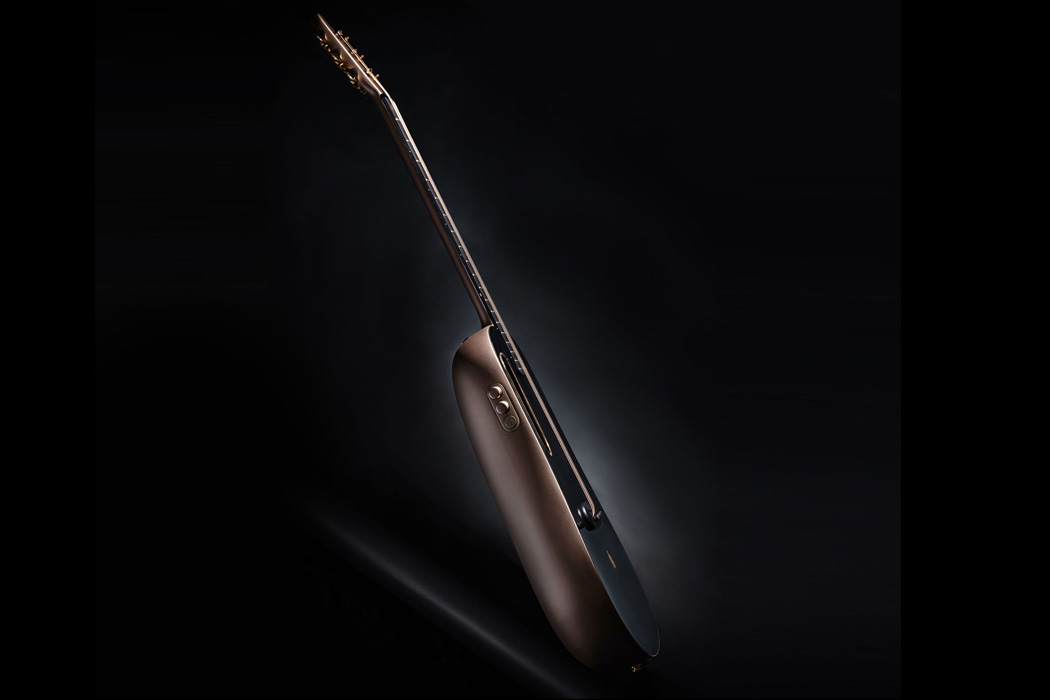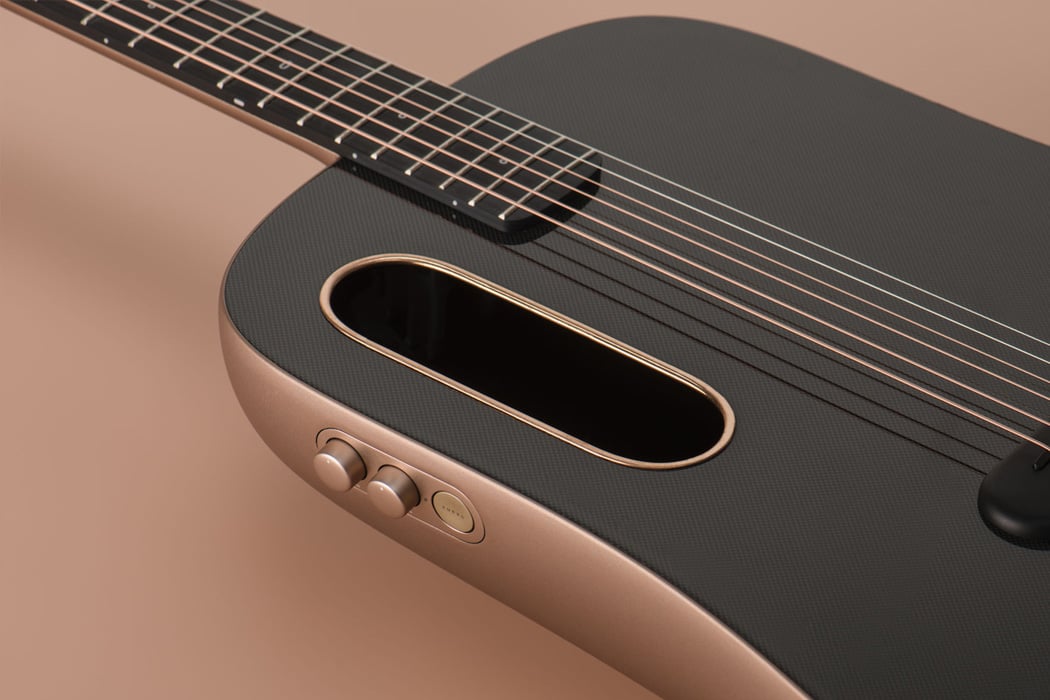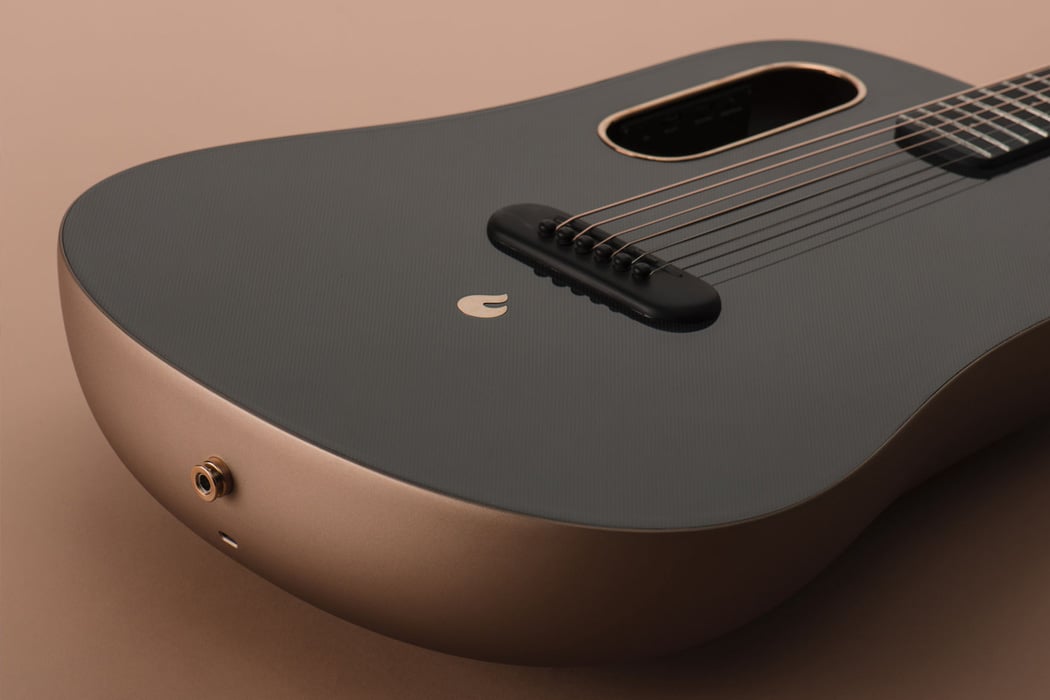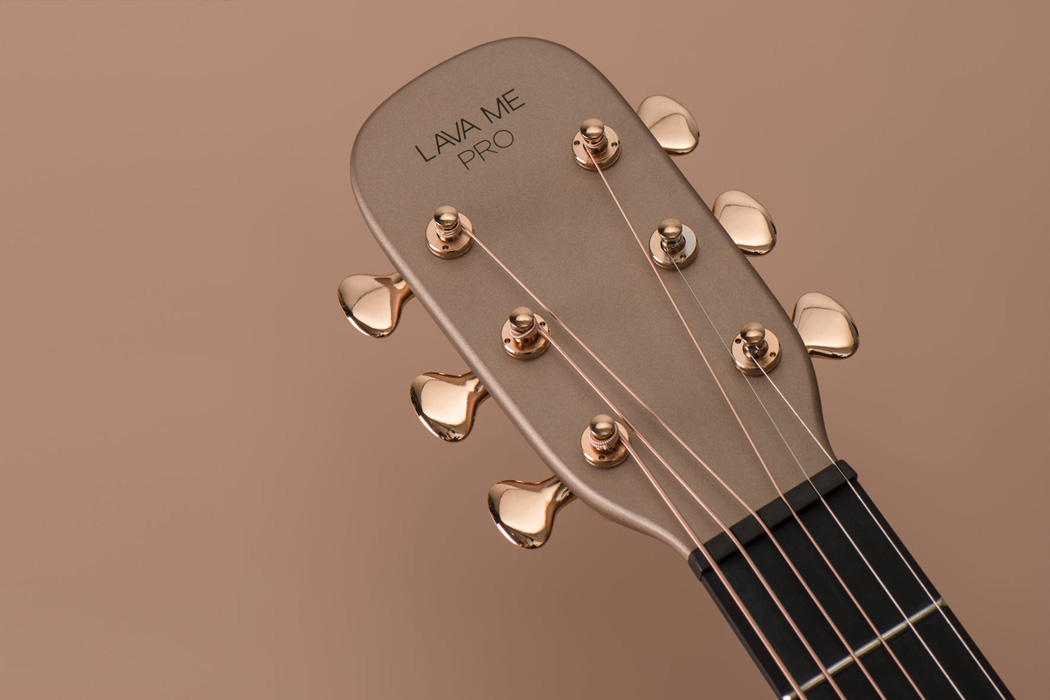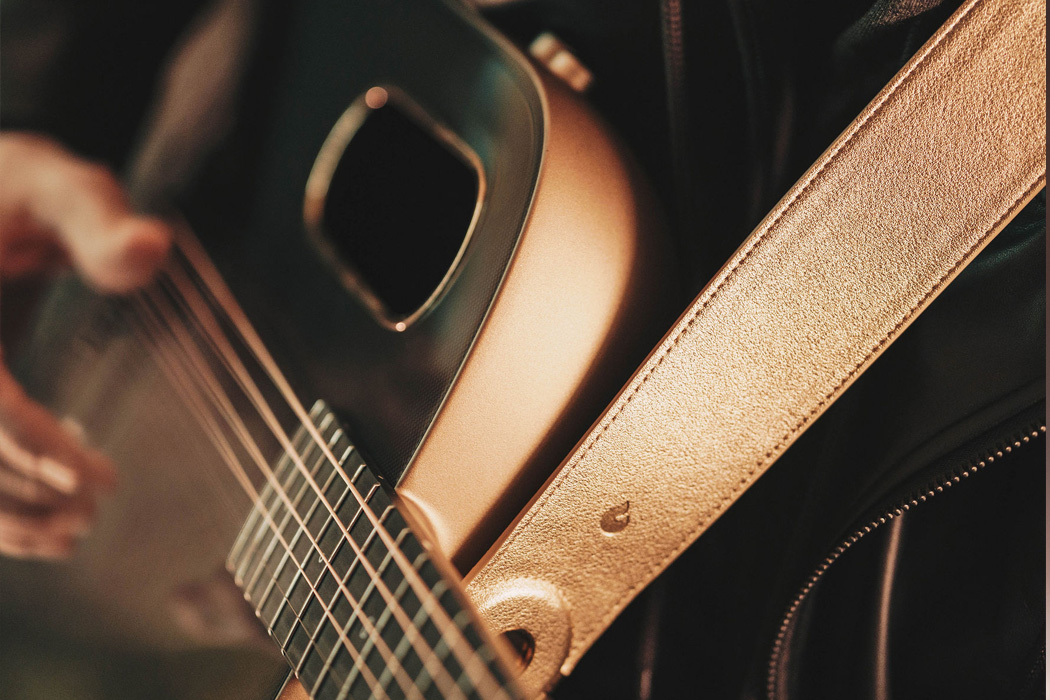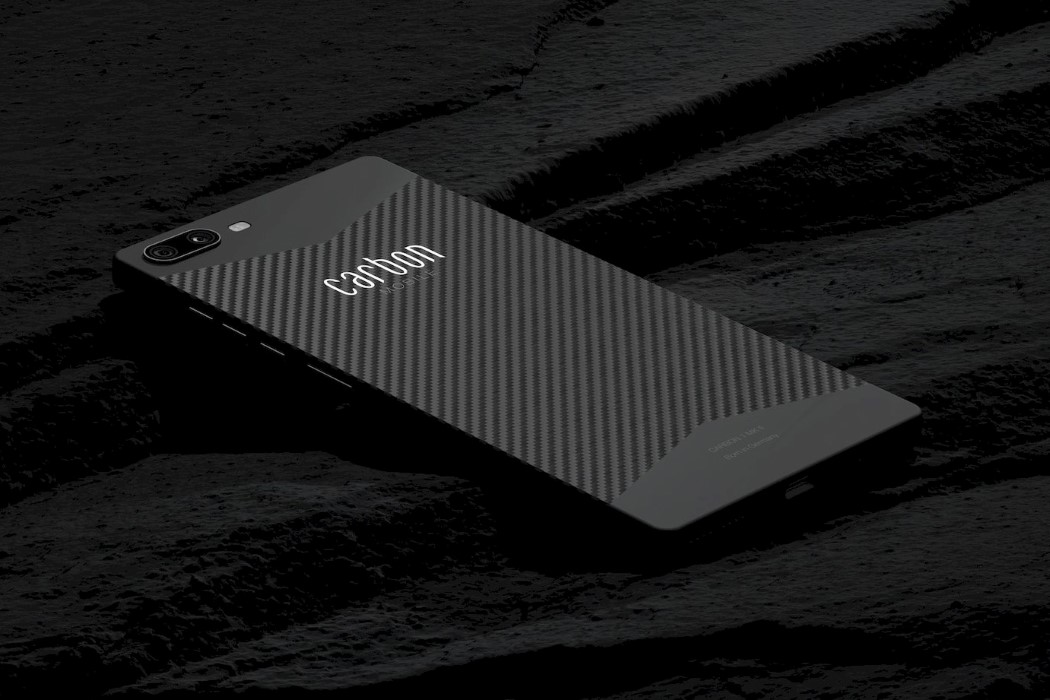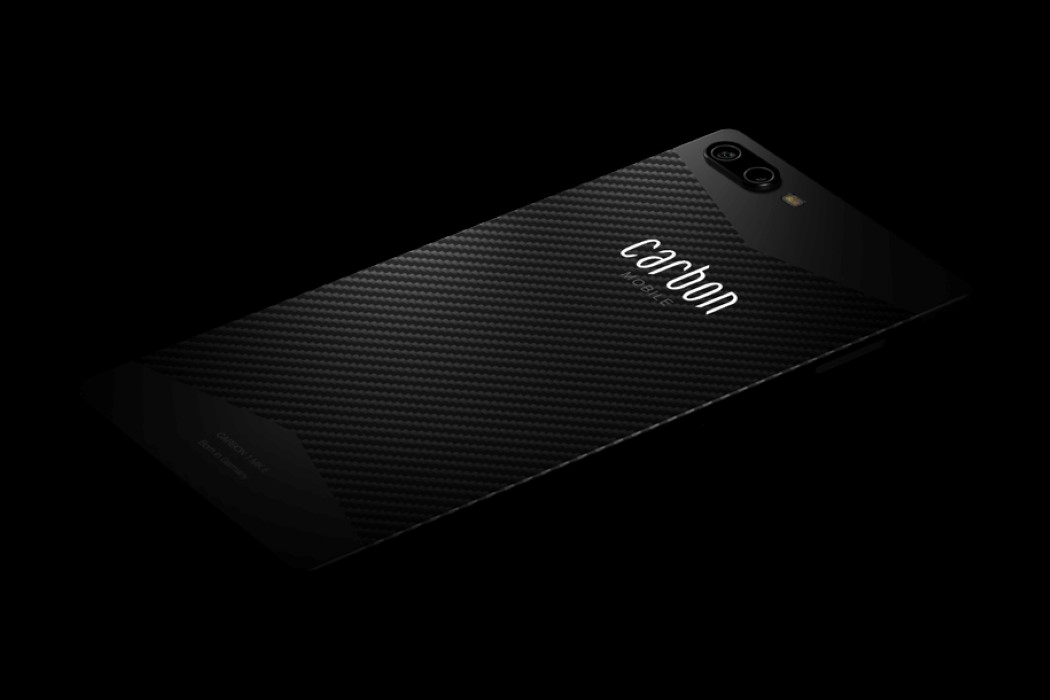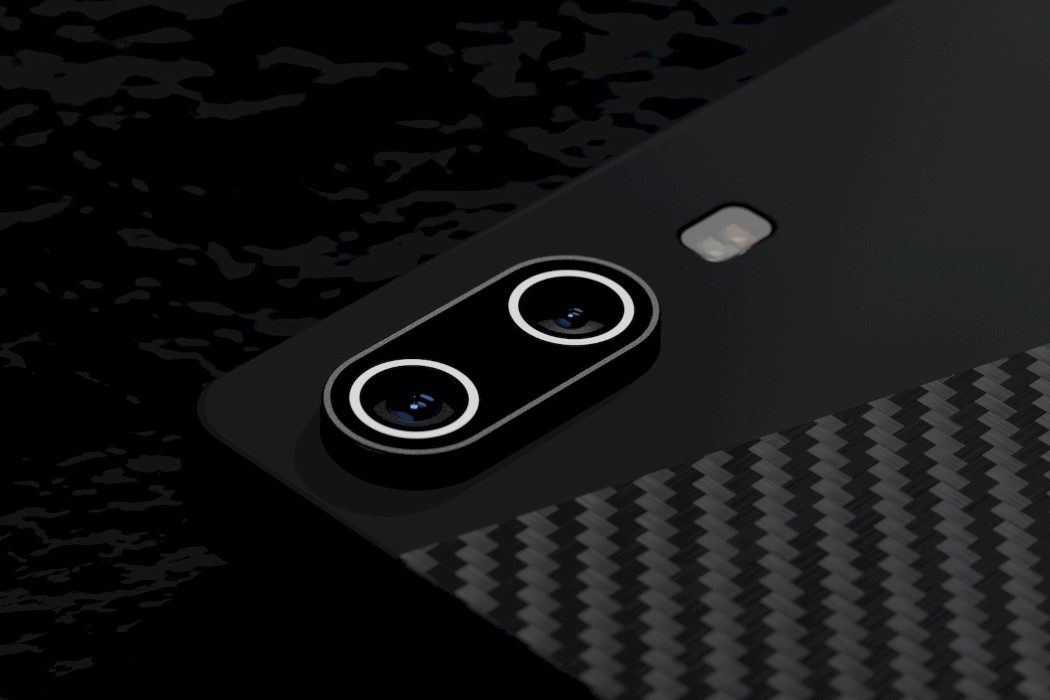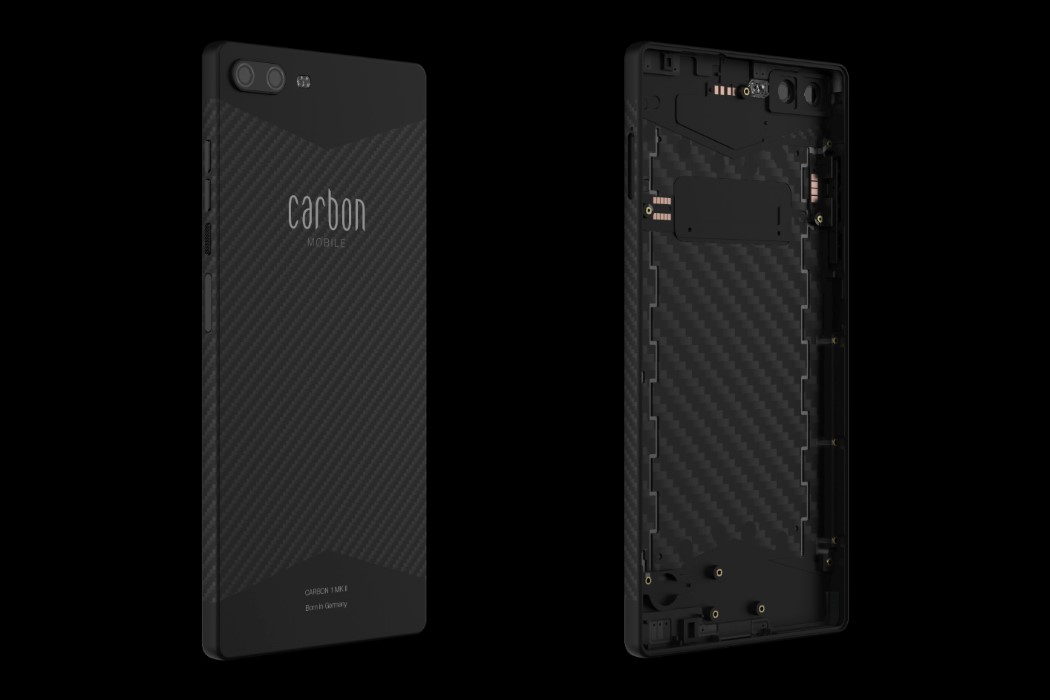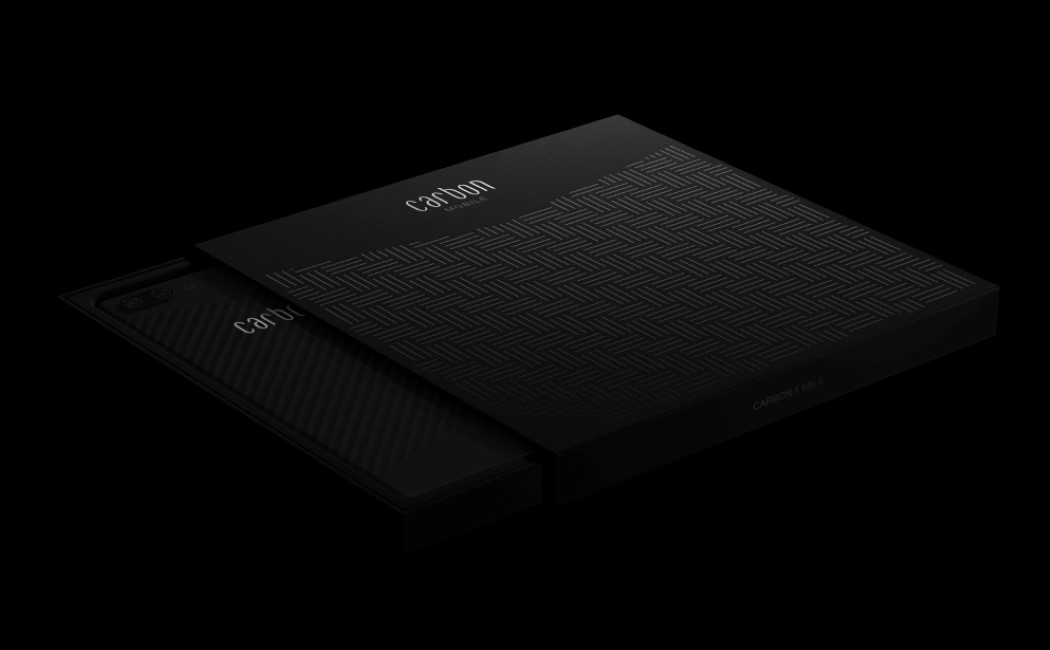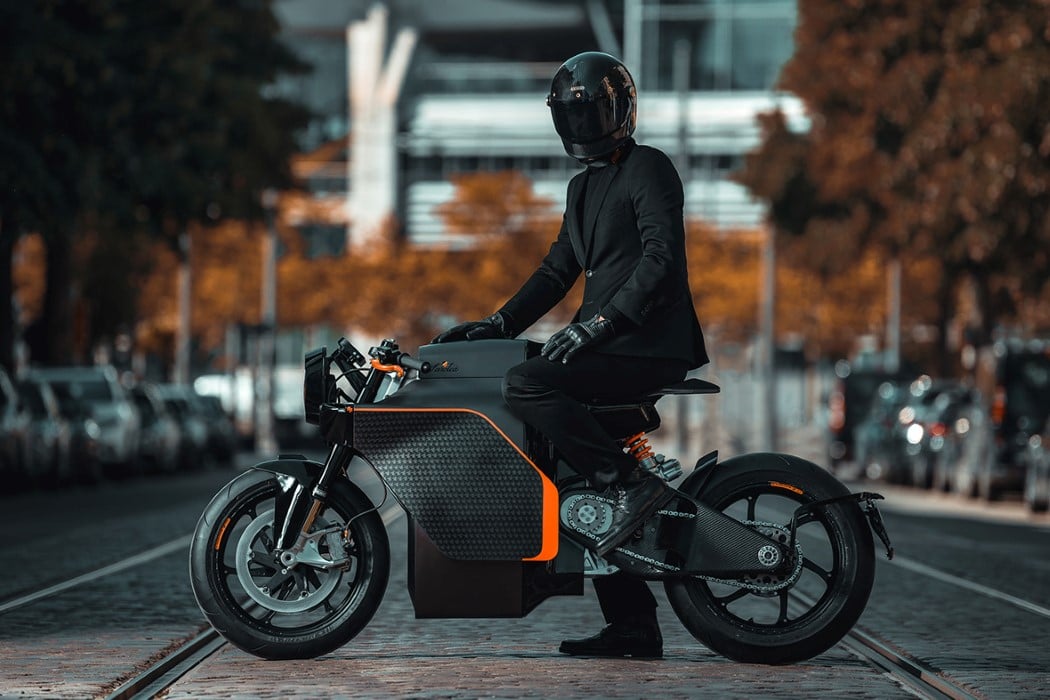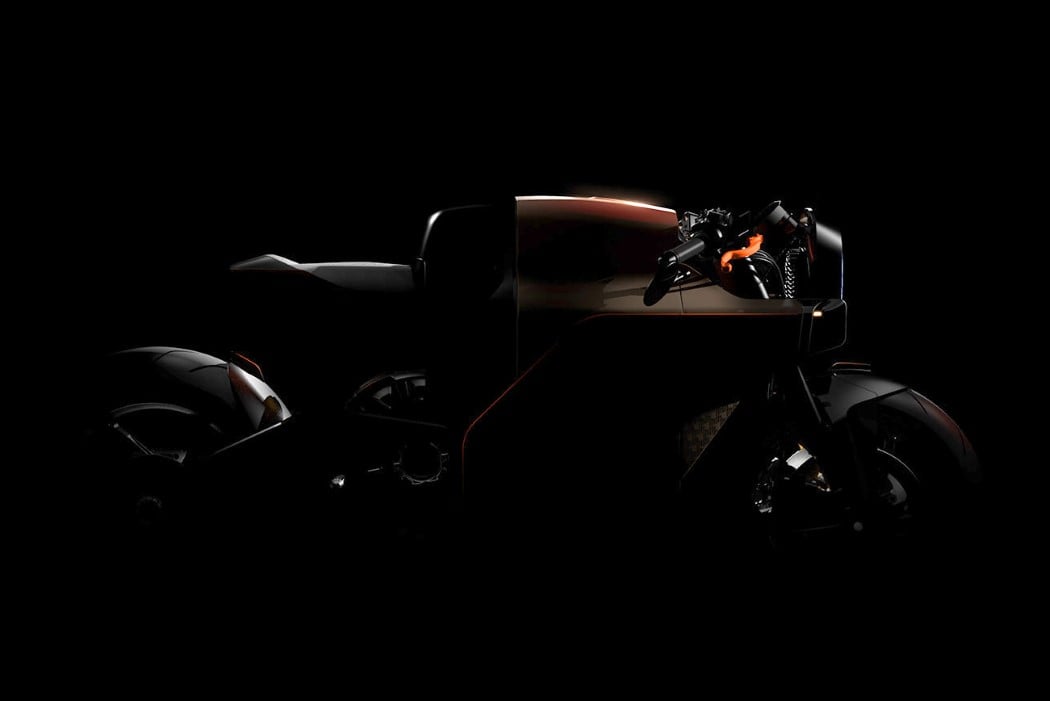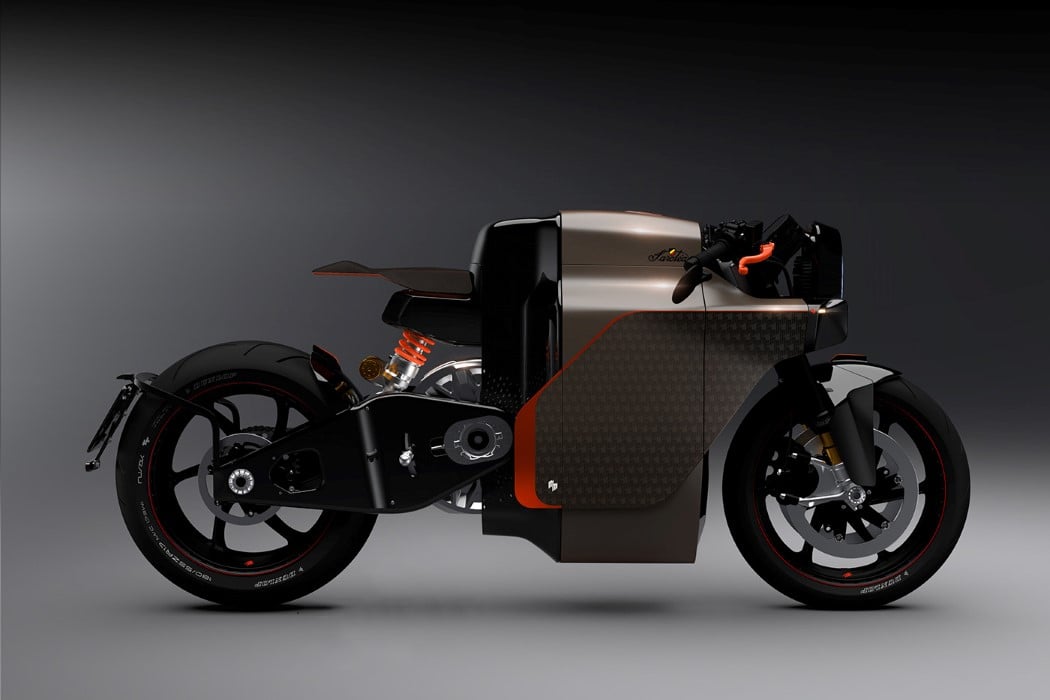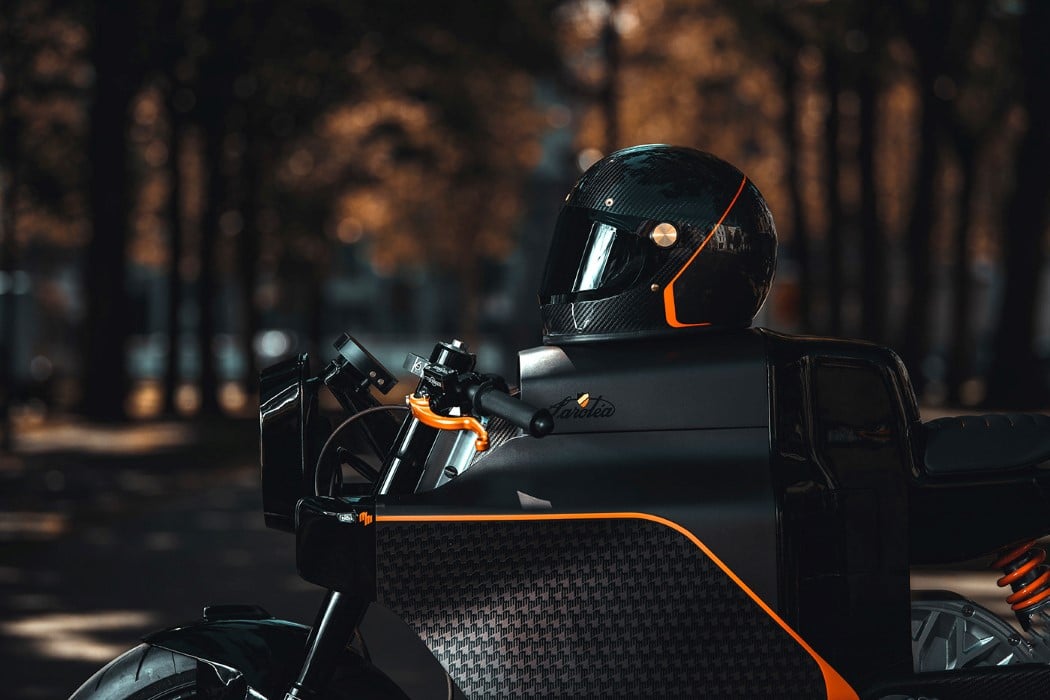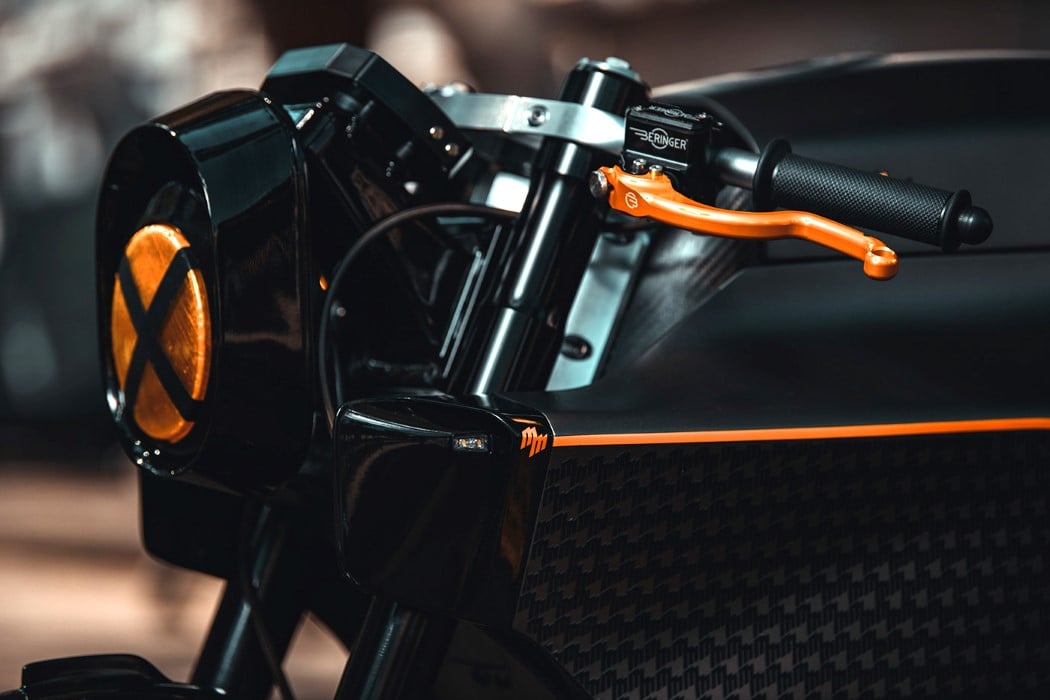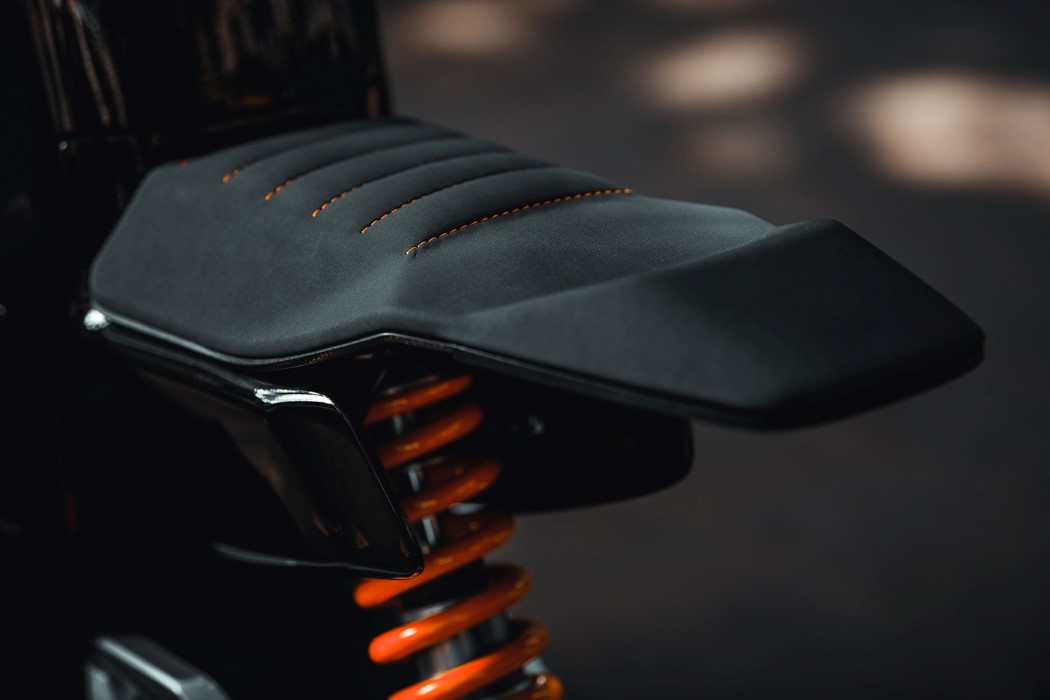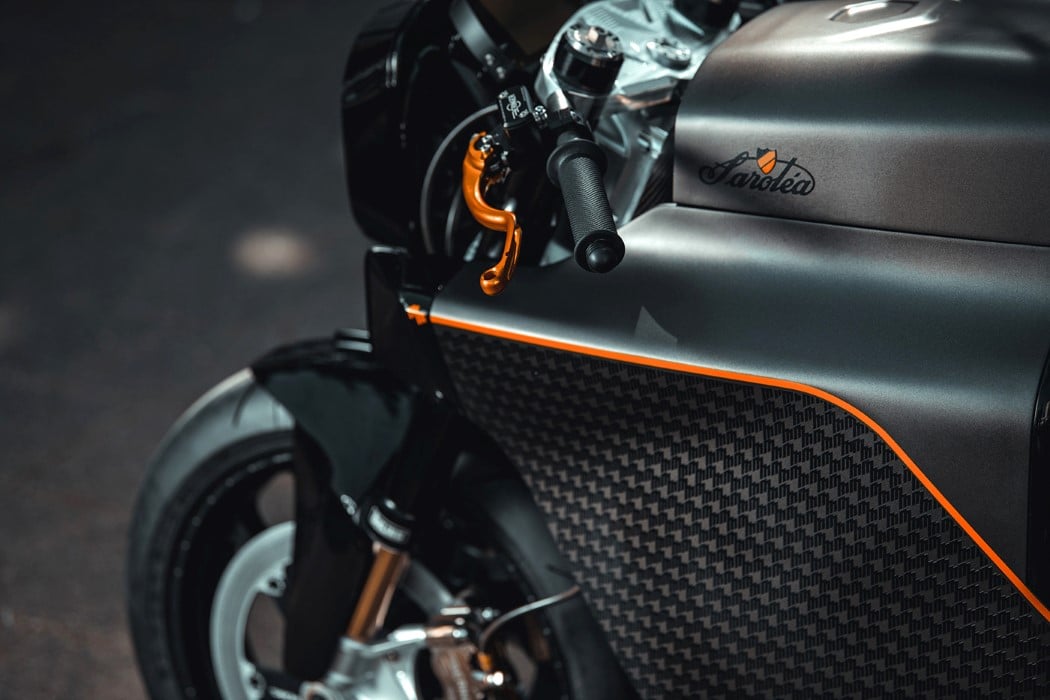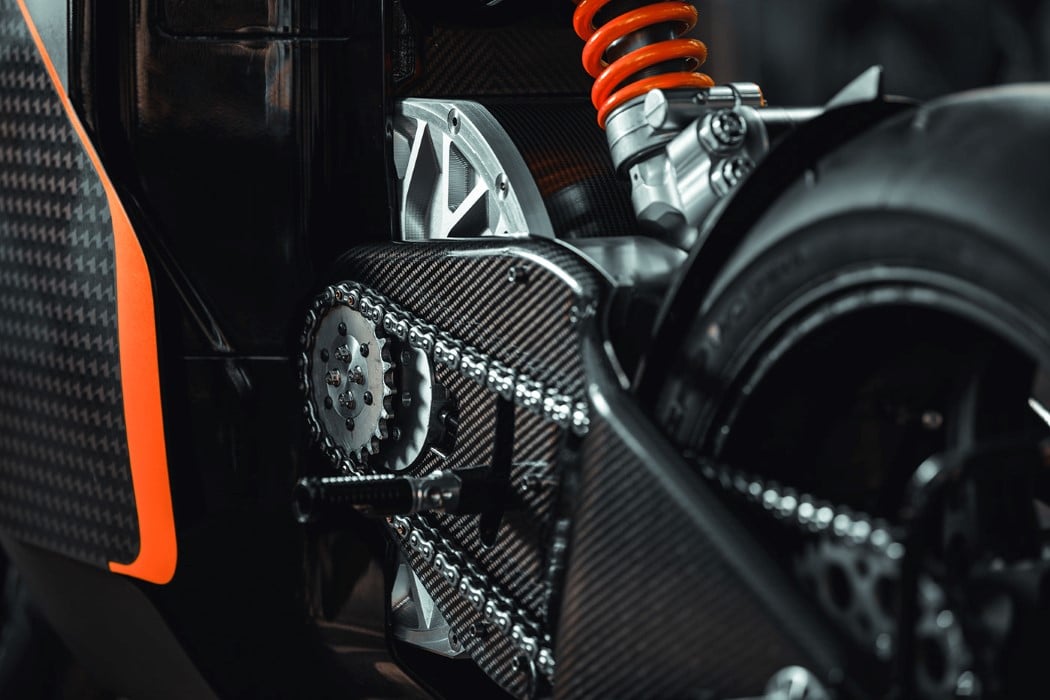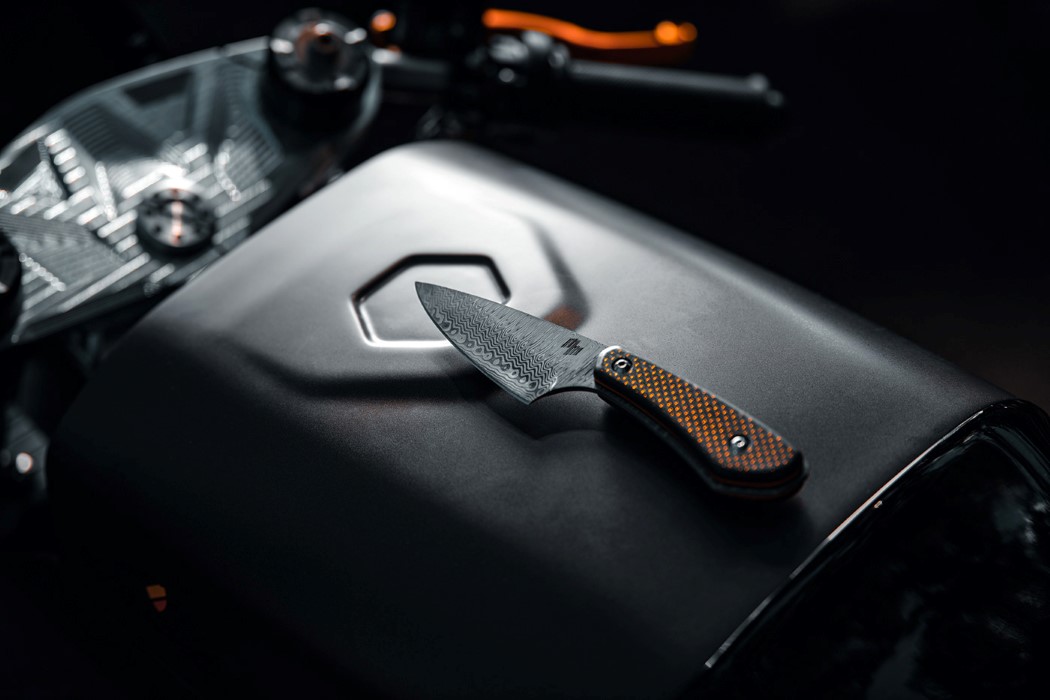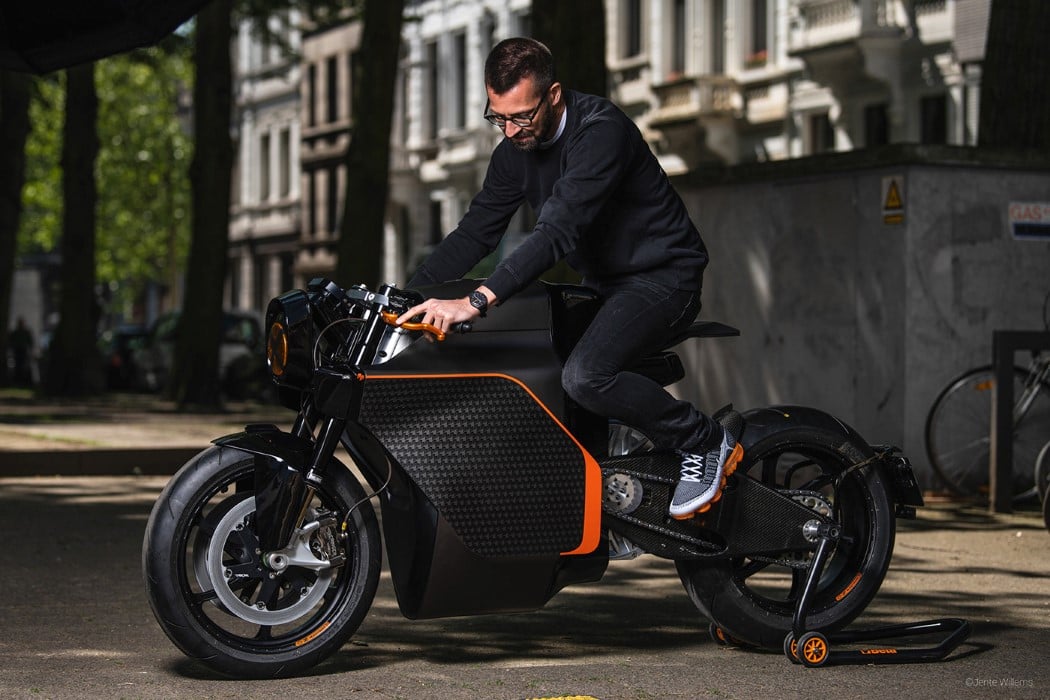It’s 2023. Do yourself a favor and ditch that archaic leather wallet in a museum. Civilization has moved on, and so should you.
There was a time when “money” meant physical valuables. Belongings, jewelry, and coins made of precious materials like gold or silver. In this pre-cash era, it made sense to use a leather pouch to carry your items. As we moved to banknotes as currency, the flexible leather bifold wallet still made sense. We’re 250 years past the Industrial Revolution, so why are we somehow still clinging to this prehistoric ancient material for making our wallets?
A dominant part of our financial institutions are now online, with more people using cards to make payments than actual banknotes and coins. This transition also demands a cognitive shift in the definition of what a wallet should be… and what it should look like. The Masverano Wallet is a part of that global movement towards a new future with a better wallet. Crafted from carbon fiber with a durable plastic chassis underneath, the Masverano hopes to be everything you’d expect from a wallet of the future. It’s sleek-looking, strong, spacious, lightweight, functional, secure, and uncomplicated.
Designer: Masverano LLC
Click Here to Buy Now: $49 $65 (24% off) Hurry! Limited capacity!
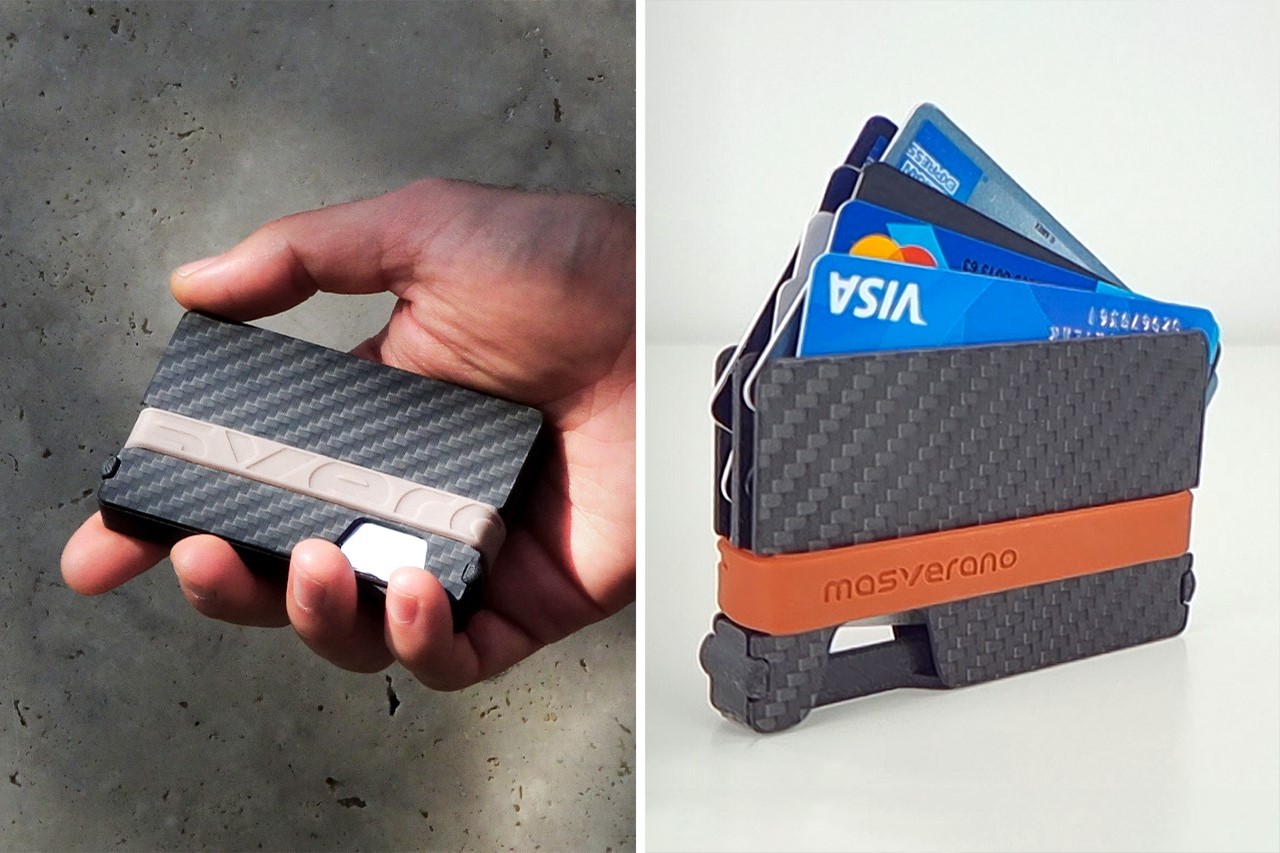
The Masverano wallet’s design is simply a modern classic. It isn’t ancient, like your leather or fabric bifold, it isn’t overtly complicated like some over-engineered modern-day wallets we see today. It cleverly holds your cards between two robust carbon fiber plates, blocking them from view as well as RFID-protecting them. Your cards stay concealed, as does your cash (unlike modern money clips), and you don’t really need to struggle with mechanized triggers and spring-loaded deployment systems that deploy your cards in a fan-shaped pattern. You’re a classy urban citizen, not a street magician.
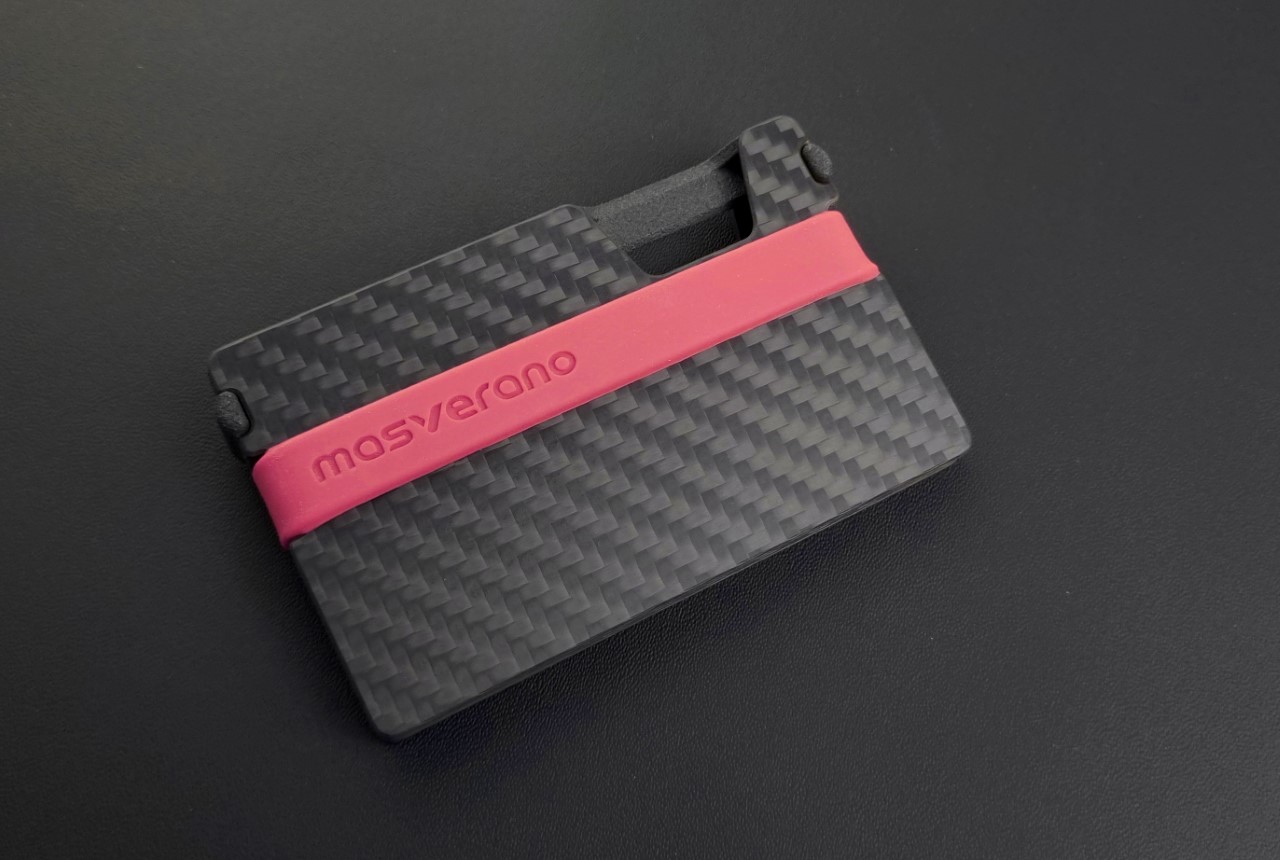
The Masverano Wallet’s patent-pending design features two high-performance carbon fiber panels
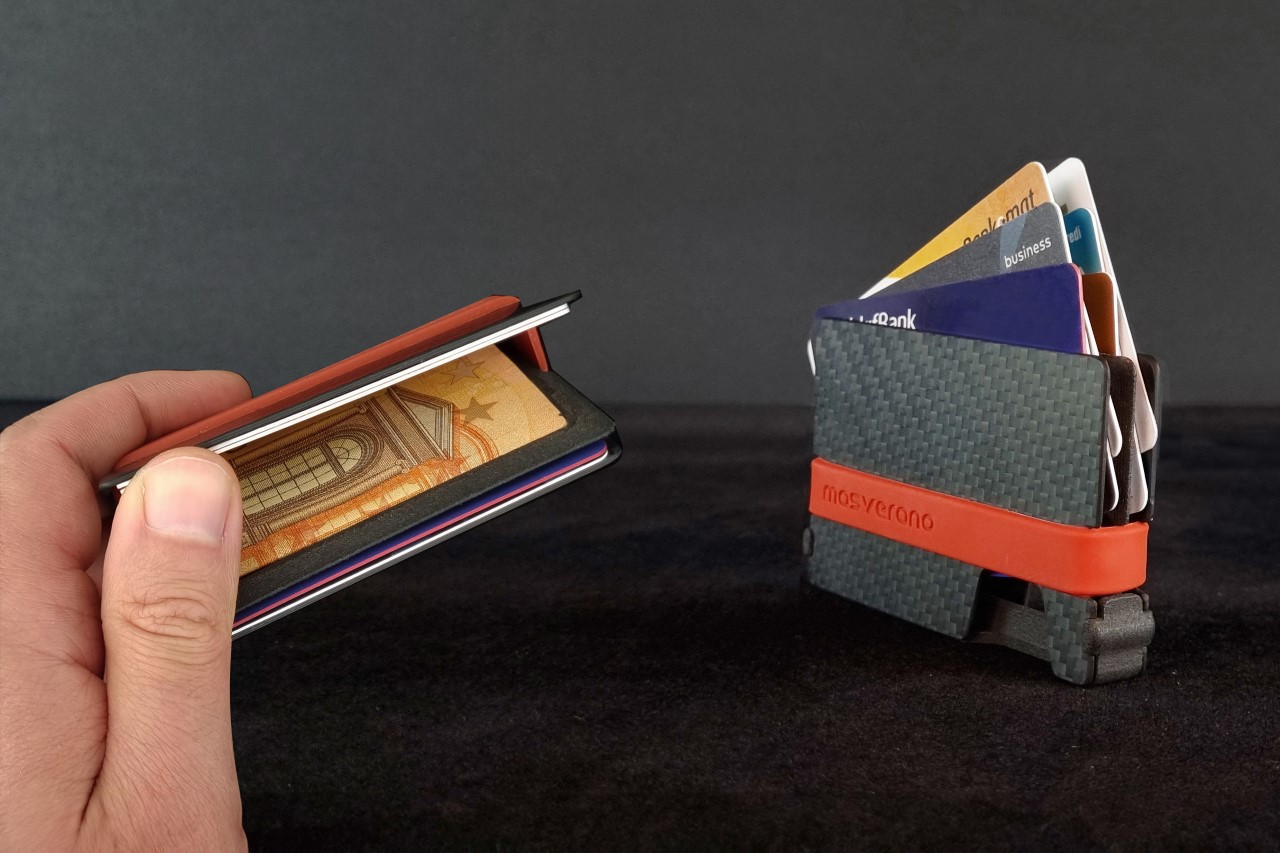
The Masverano wallet’s simplistic approach is clearly visible in its design too. The wallet is broadly made of four parts – two high-quality 3K carbon fiber plates, a PA 66 plastic frame, and a silicone band holding the entire thing together. On the inside, it has space for as many as 8 credit cards or a combination of credit cards and business cards, and a crawl-space built into the plastic frame in the middle easily allows you to store banknotes, coins, or even a key inside. Your cash stays hidden inside the wallet, and can be accessed on command. Easy peasy.
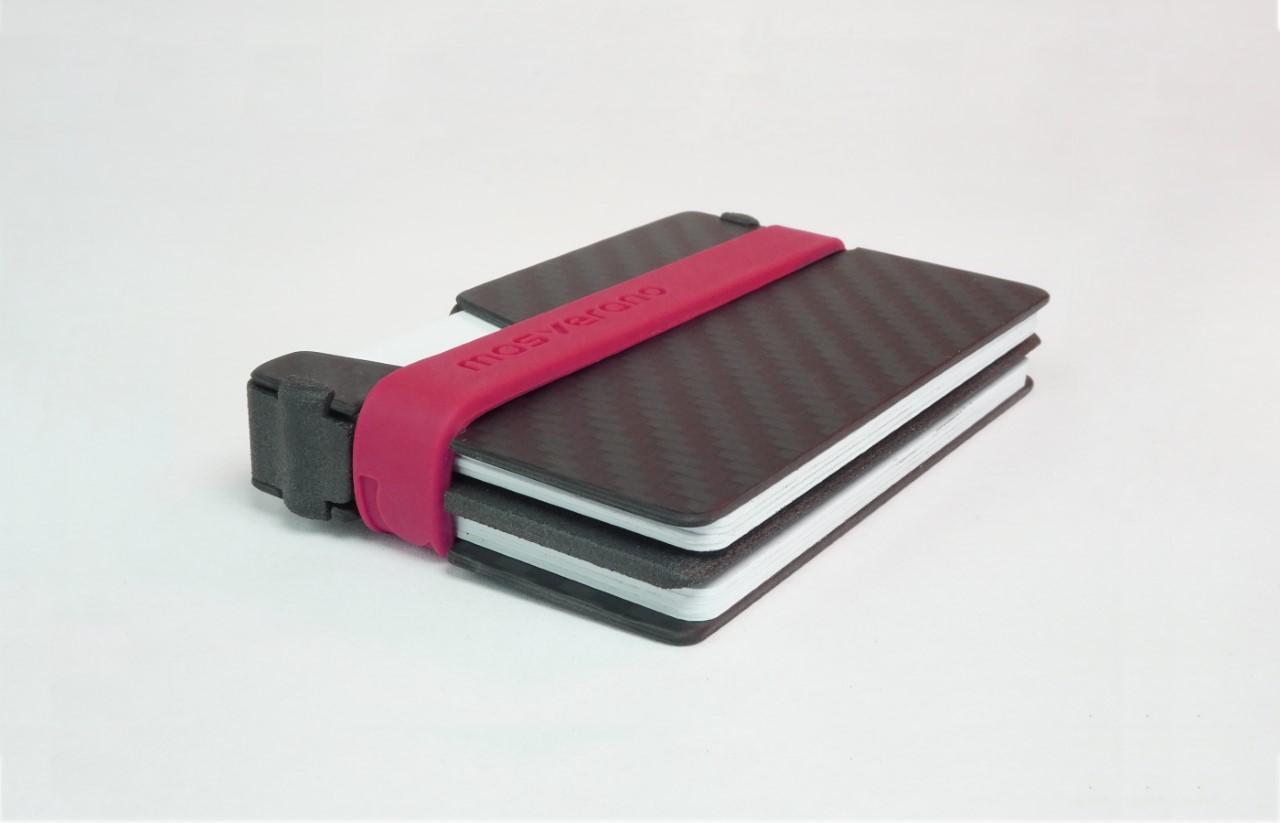
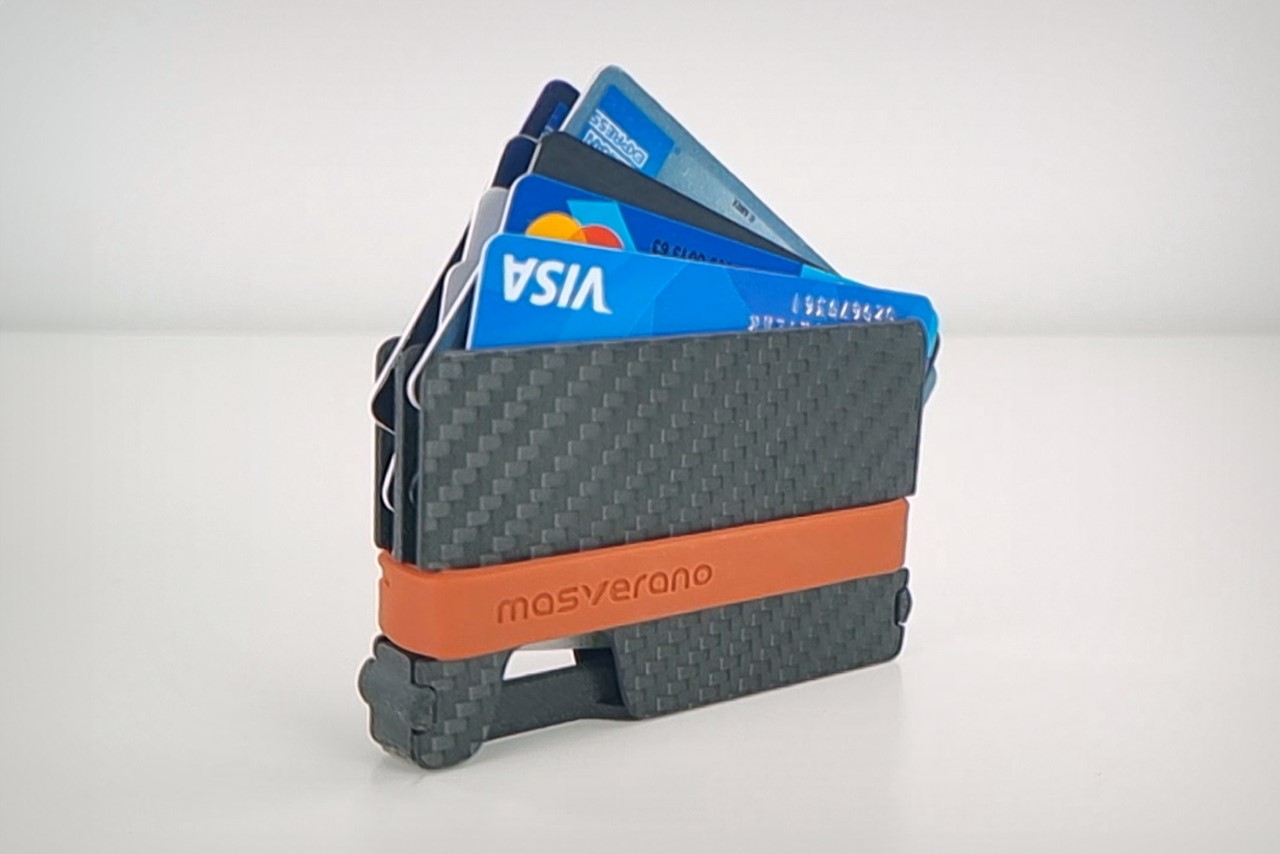
The beauty of the Masverano lies in the fact that it draws a fine balance between being modern and traditional. It reinterprets the wallet’s design and function for modern times, but still functions somewhat like your standard wallet by opening like a book to reveal what’s inside. If you want to access your cards, you can either open the wallet and grab the card you need, or slide your thumb into the notch in the carbon fiber panel to push your cards out and pick one, or simply tap to use it at a payment terminal.
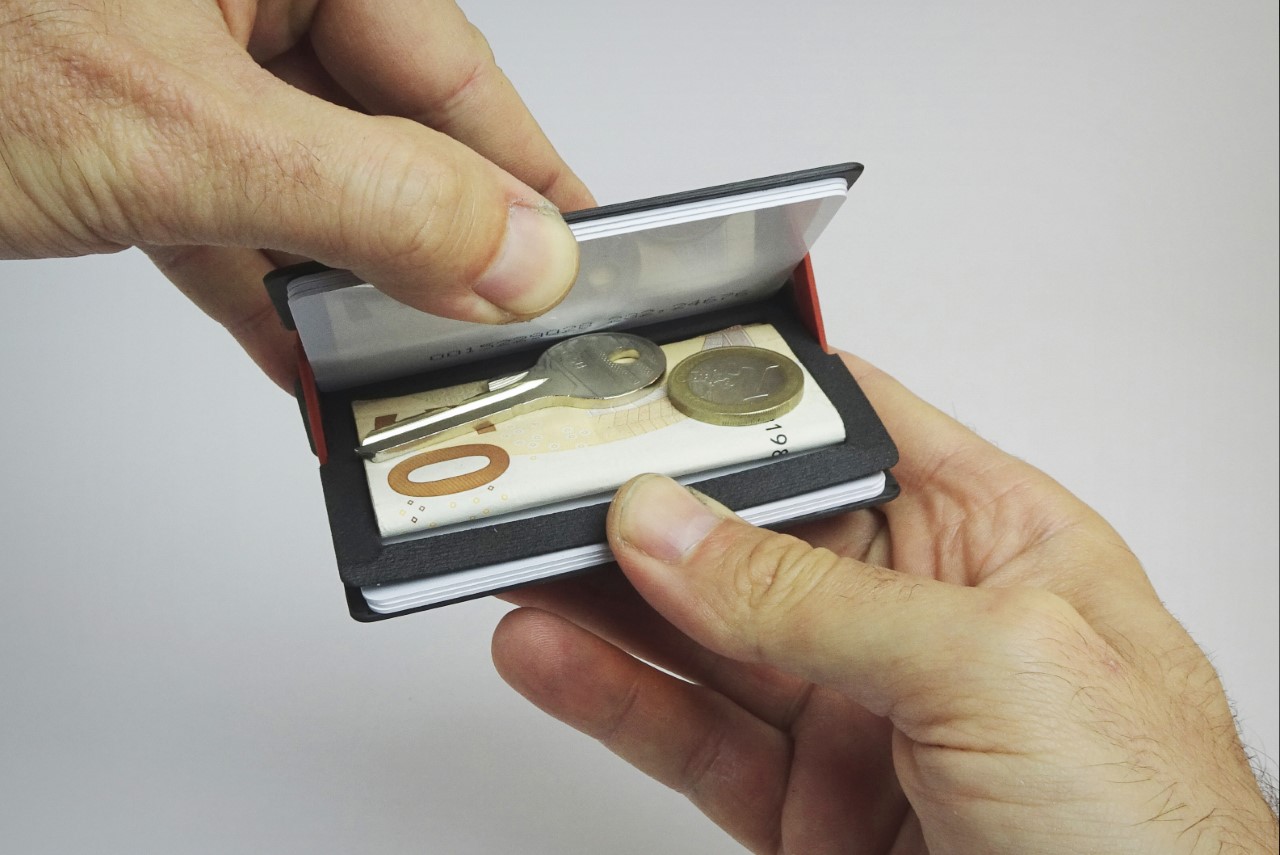
By virtue of its sandwiched design, your cards and cash get conveniently segregated. The cash sits right in the middle, fitting into the cutout in the plastic chassis, while your cards get divided by the chassis into two zones. You can either divide your cards based on how often or rarely you use them, or by the type of card, be it a payment card, an ID card, a public transport card, or a business card.
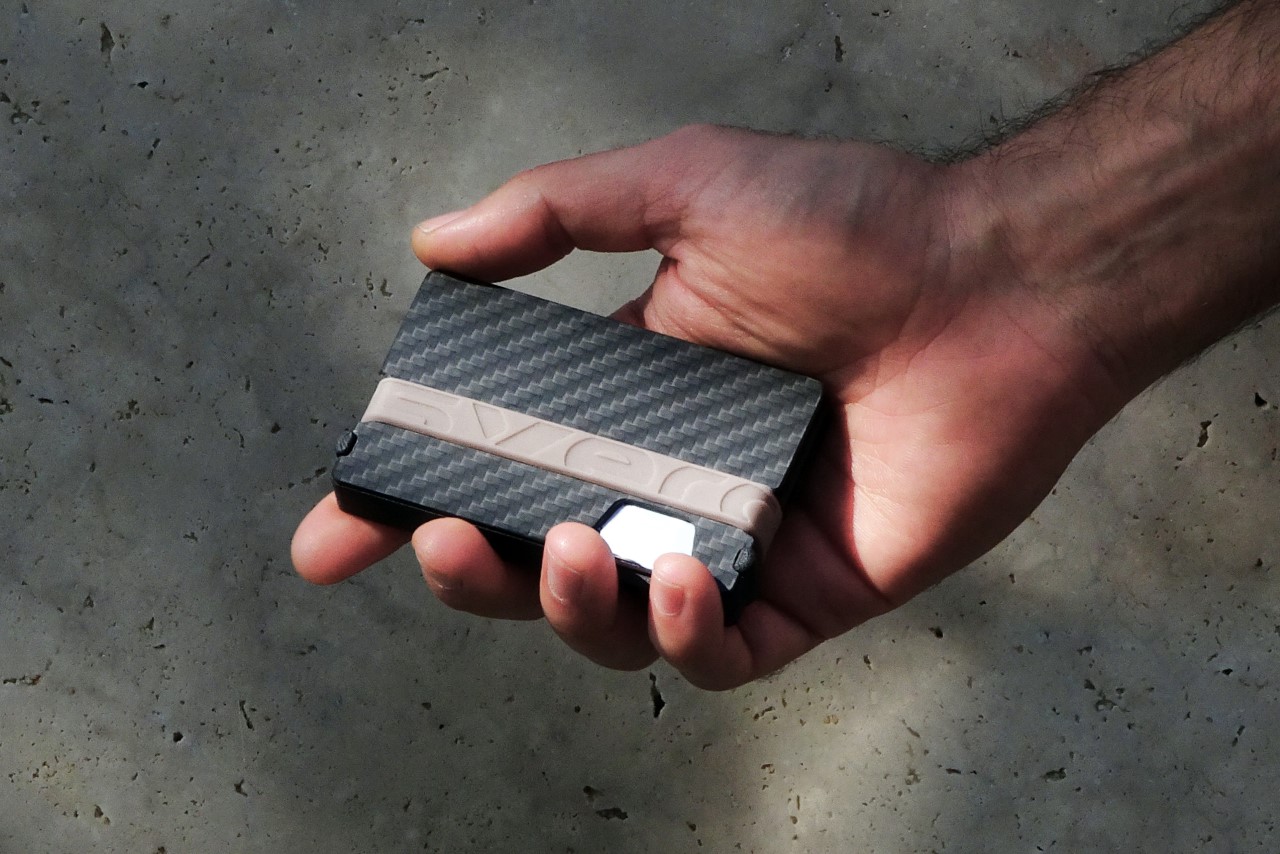
The carbon fiber panels form the Masverano wallet’s identity. They mark a distinct shift from the wallets of yesteryear, bringing space-age materials to the EDC category. Each wallet measures 3.7 inches (94mm) long, 2.2 inches (56mm) wide, and a mere 0.6 inches (15mm) thick, making it as small as a credit card and as thin as your smartphone.
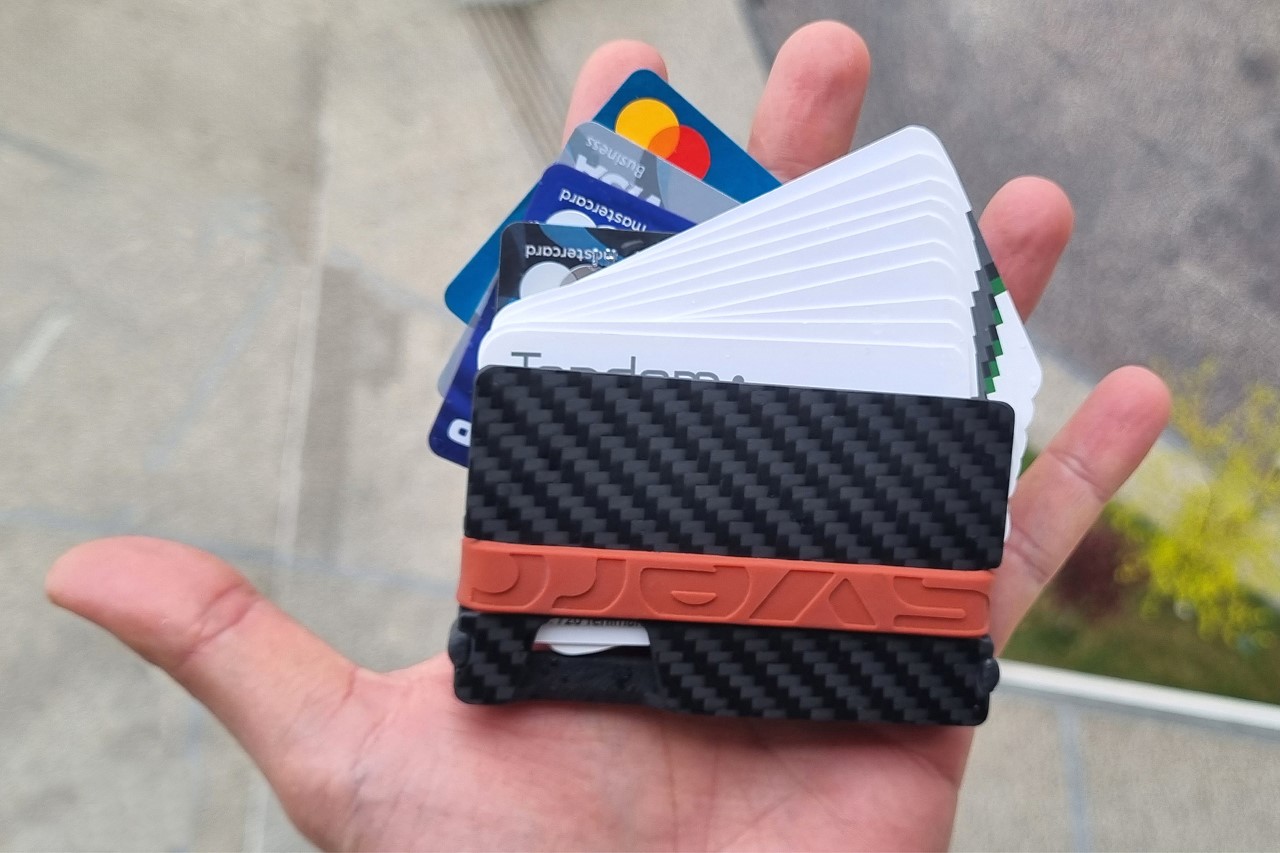
At 32 grams or just above an ounce, it’s lighter than most leather or metal wallets out there, and can absolutely hold a candle to any wallet for its durability. In fact, the folks at Masverano mention that the wallet is sturdy enough to be stepped on, and the silicone band is tested to last well over 50,000 stretches. Moreover, the carbon fiber is highly resistant to scratches and other kinds of damage, and is made to be RFID-blocking too, so your cards can withstand the snooping eyes of hackers.
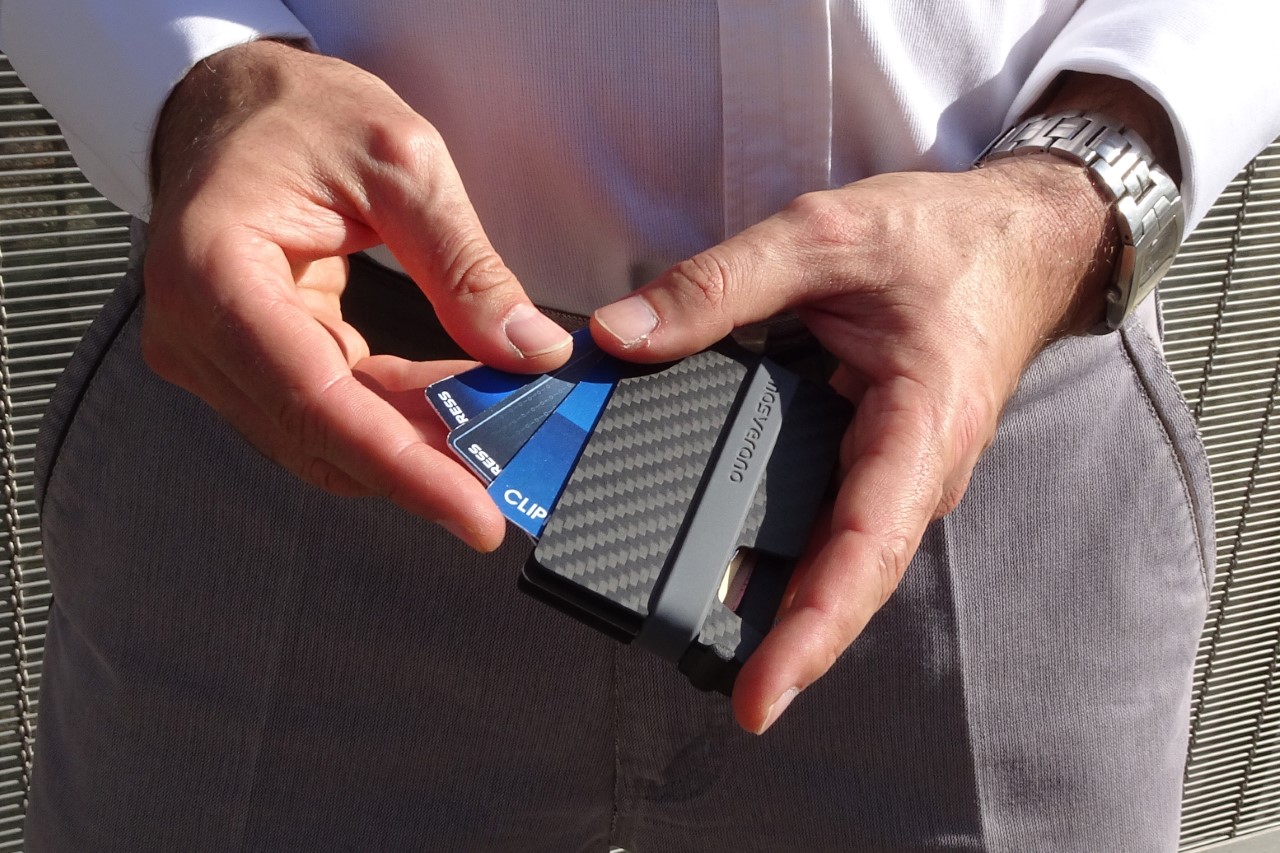
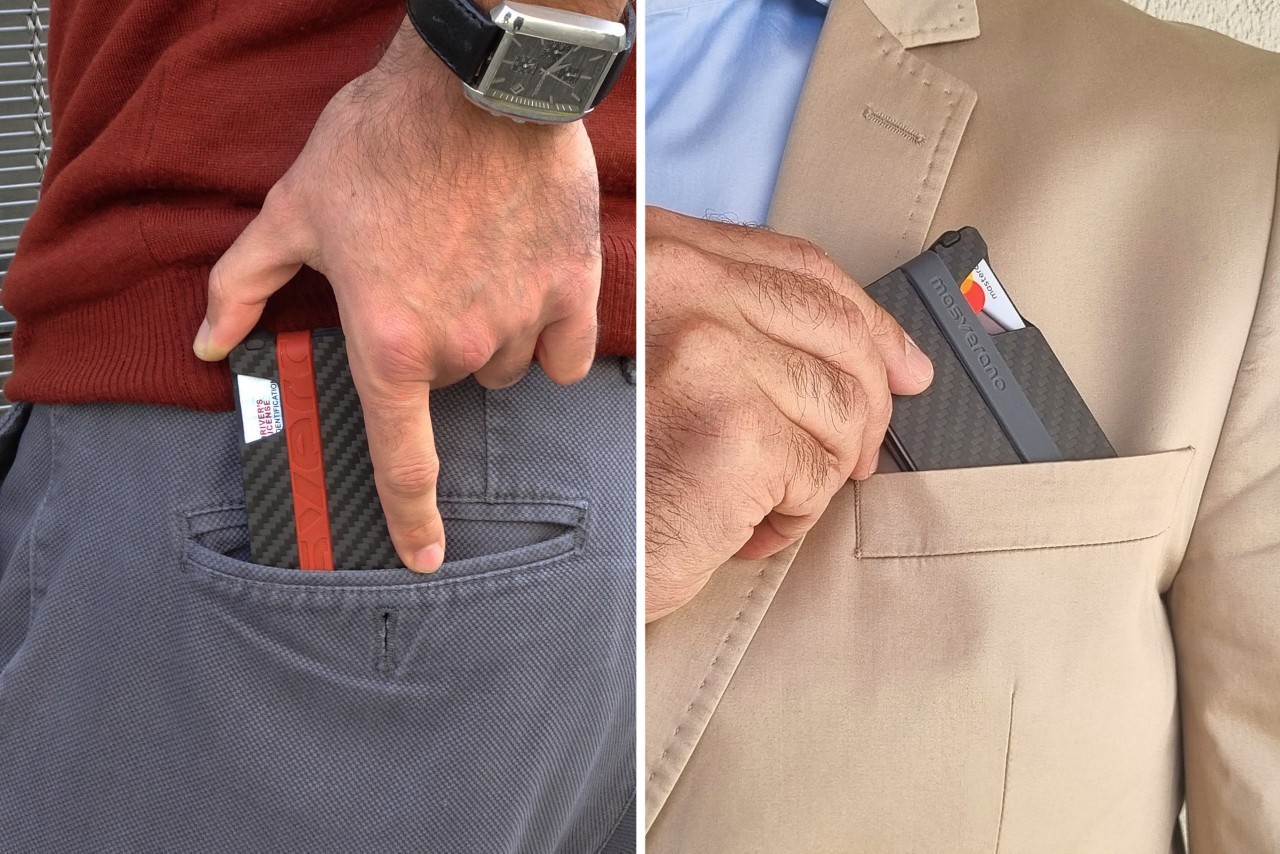
The slim, tiny wallet fits in any pocket
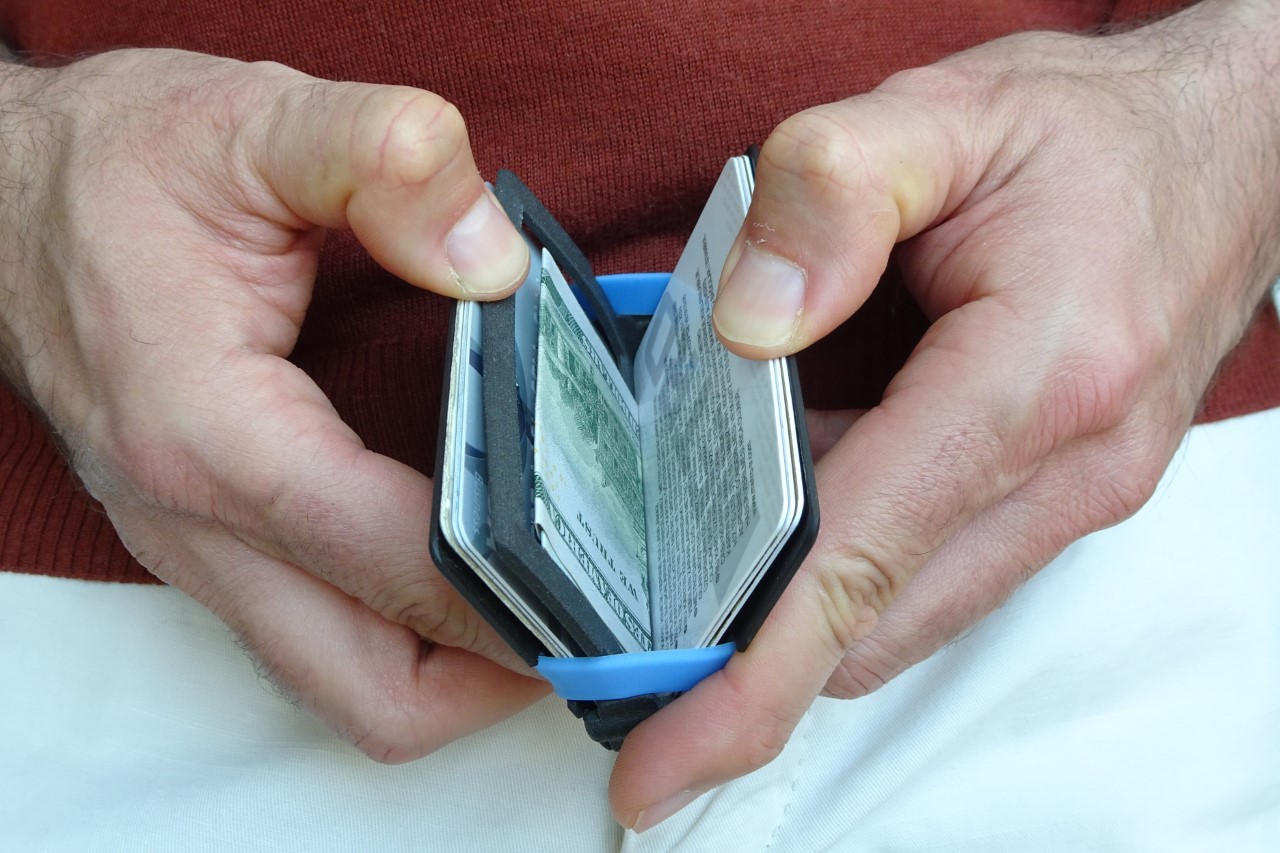
Accessing your cards and cash is easy, thanks to the flexible silicone band. The Masverano’s design fits all kinds of currency too.
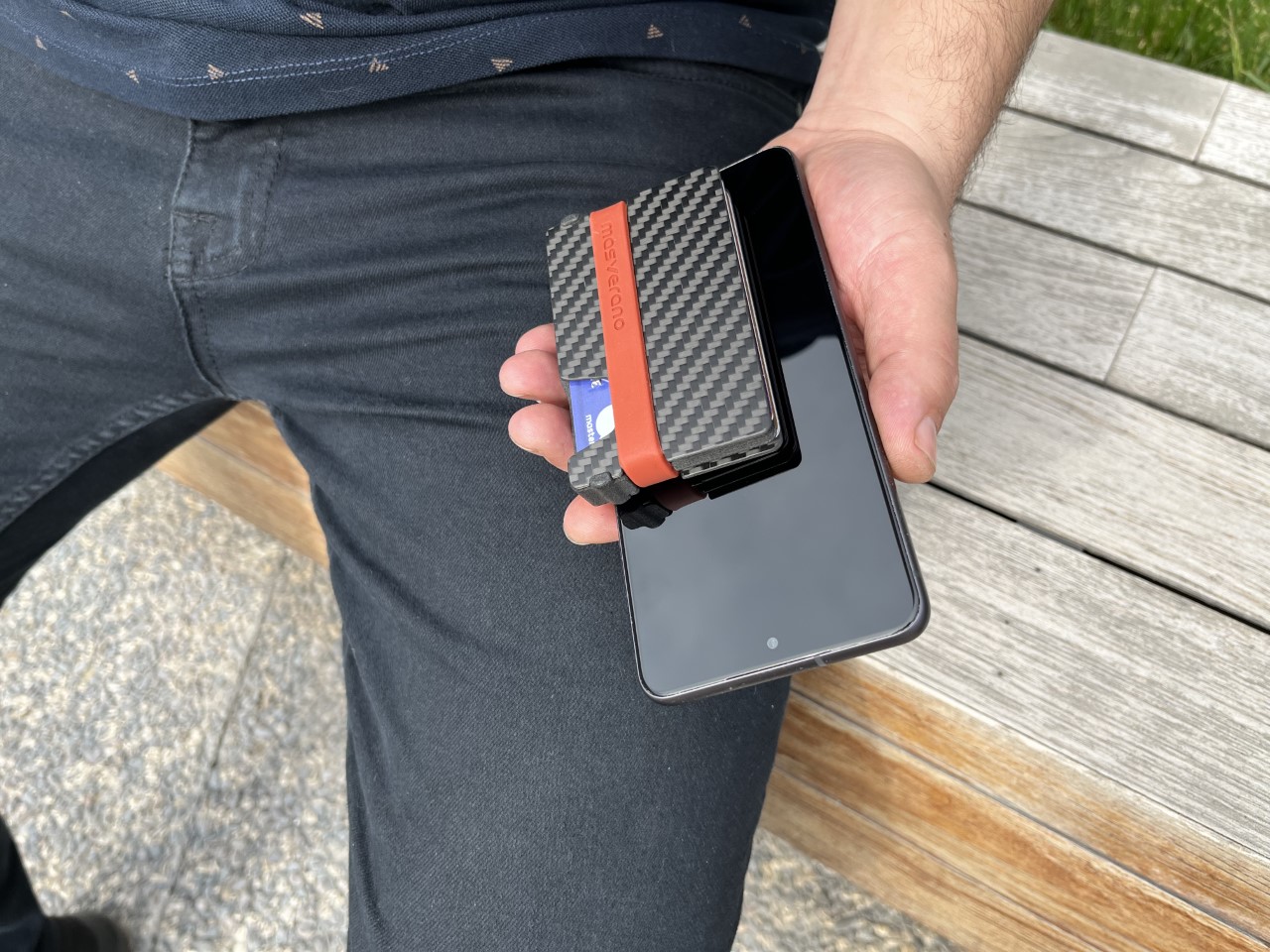
The Masverano’s hyper-portable design makes it easy to carry around. Plus, with that aesthetic, you’ll proudly want to show it off too!
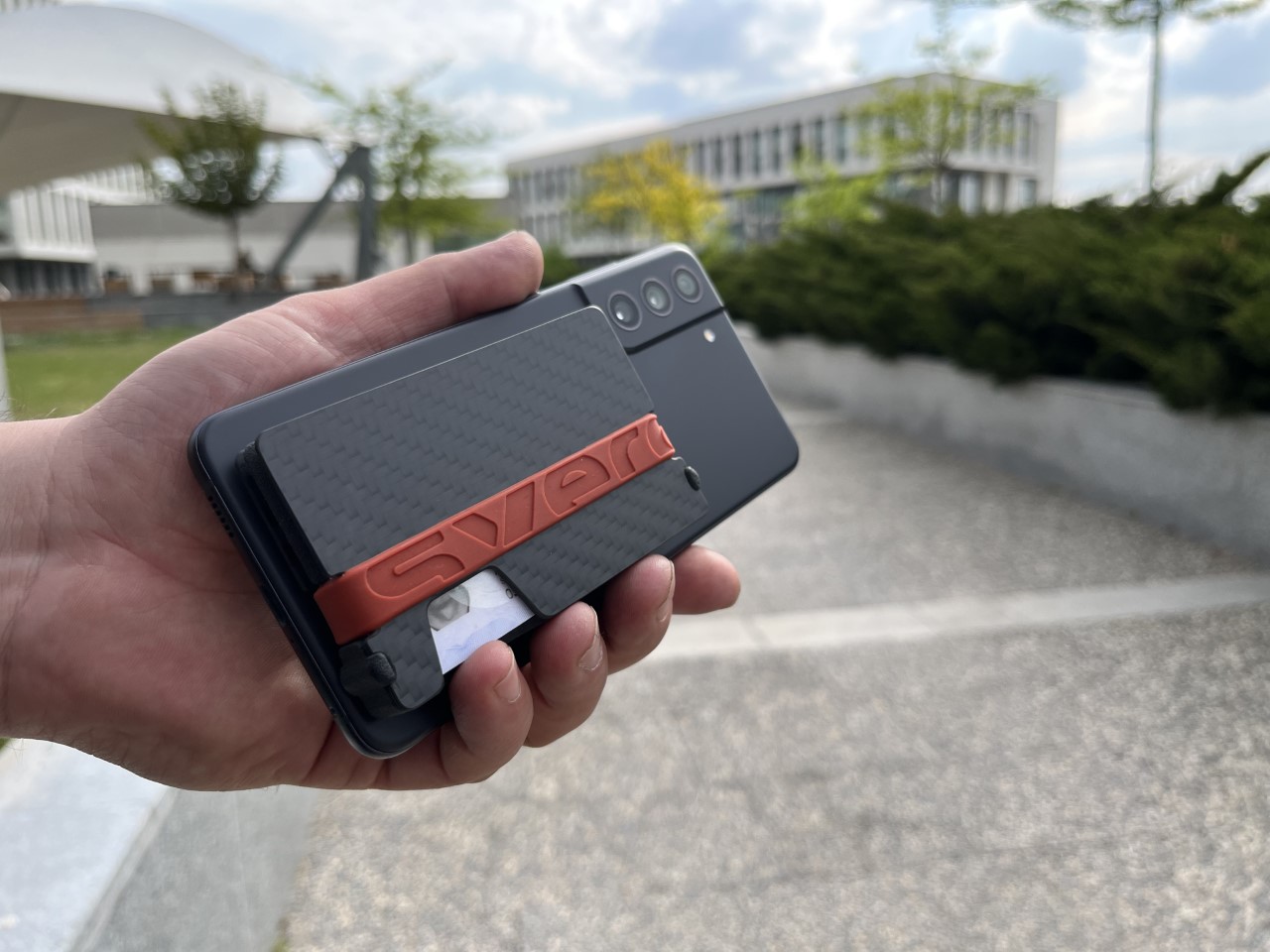
The Masverano Wallet’s patent-pending design uses no glue, stitches, screws, or fasteners. The wallet is securely held together by that high-quality silicone band, which comes in as many as 10 different colors. This means you can not only choose a color that fits your sense of style, but also swap bands on command, changing the palette of your wallet every day. The wallet starts at $49, with a limited-edition ember-inspired Forged Carbon wallet starting at $89. For $119, however, you can grab yourself two Masverano wallets along with all 10 silicone band colors. The Masverano wallet ships globally, beginning October 2023.
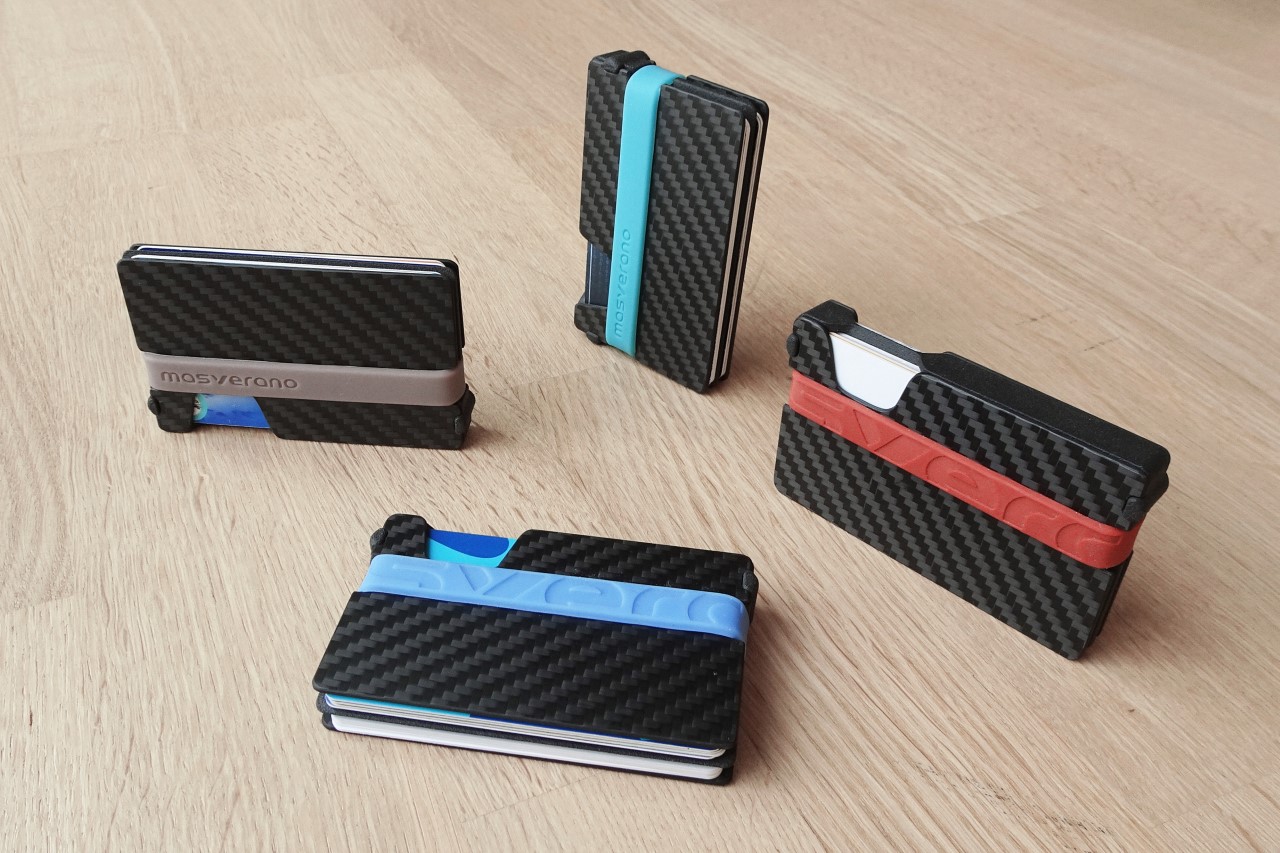
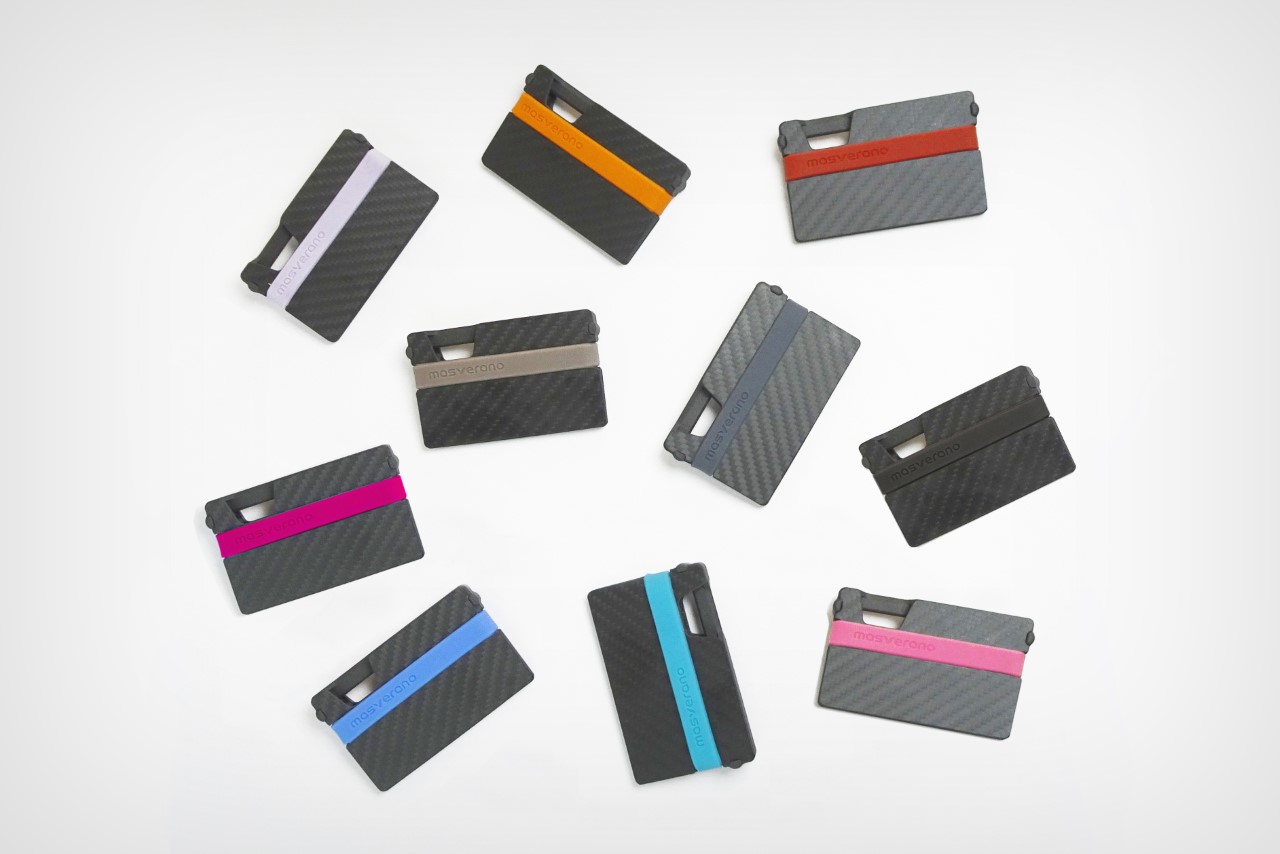
Click Here to Buy Now: $49 $65 (24% off) Hurry! Limited capacity!
The post This Sleek, Hyper-Durable Carbon Fiber Wallet Will Make You Ditch That Terribly Old Leather Bi-Fold first appeared on Yanko Design.

























